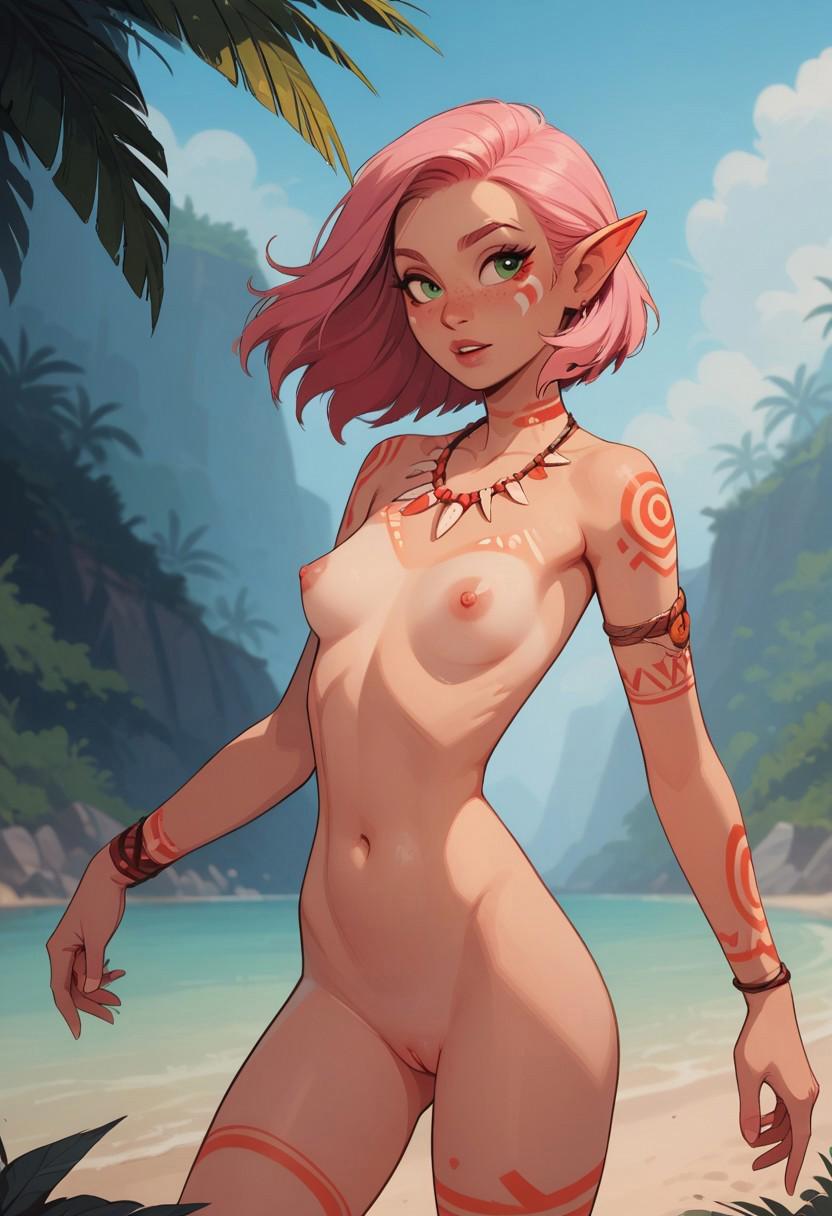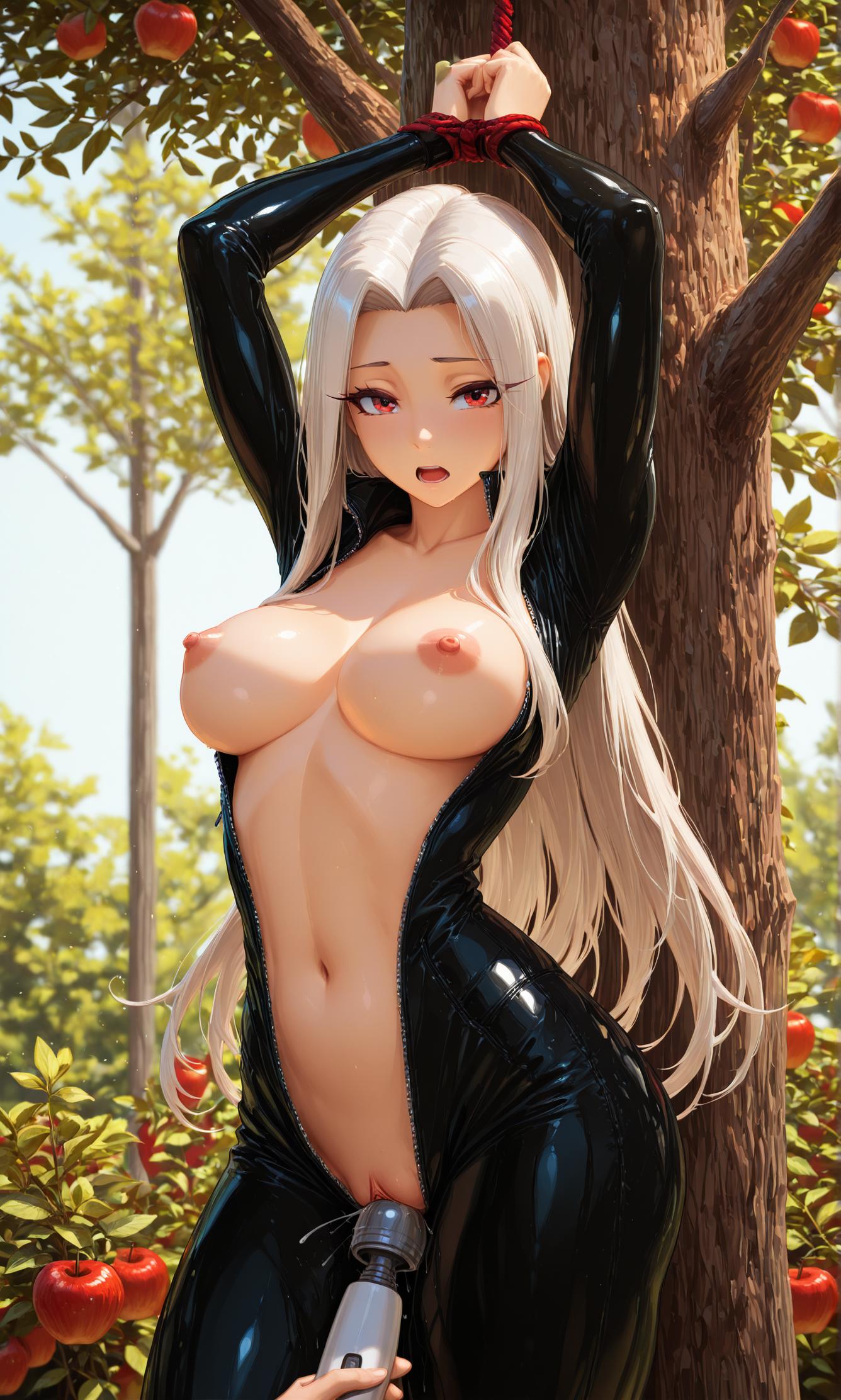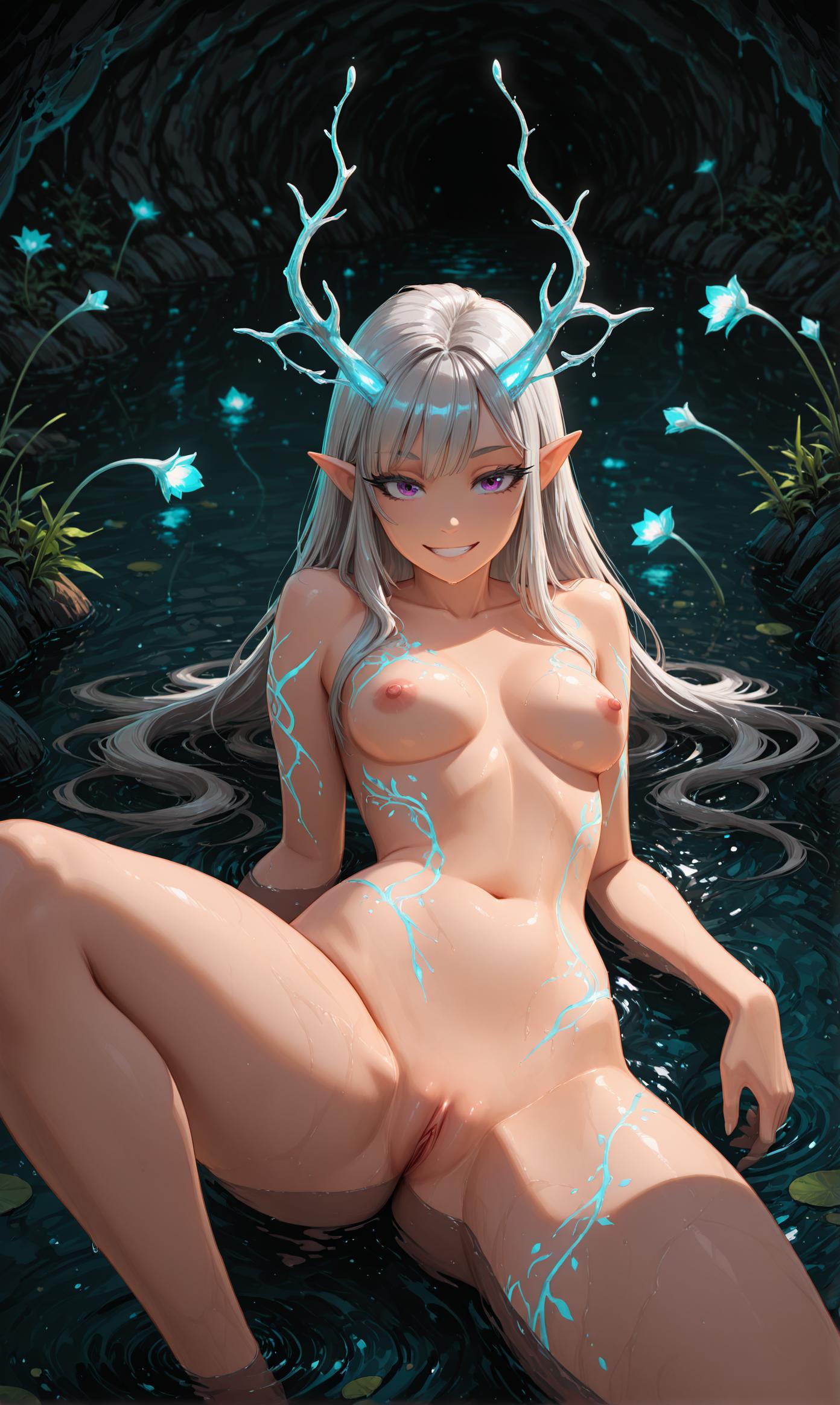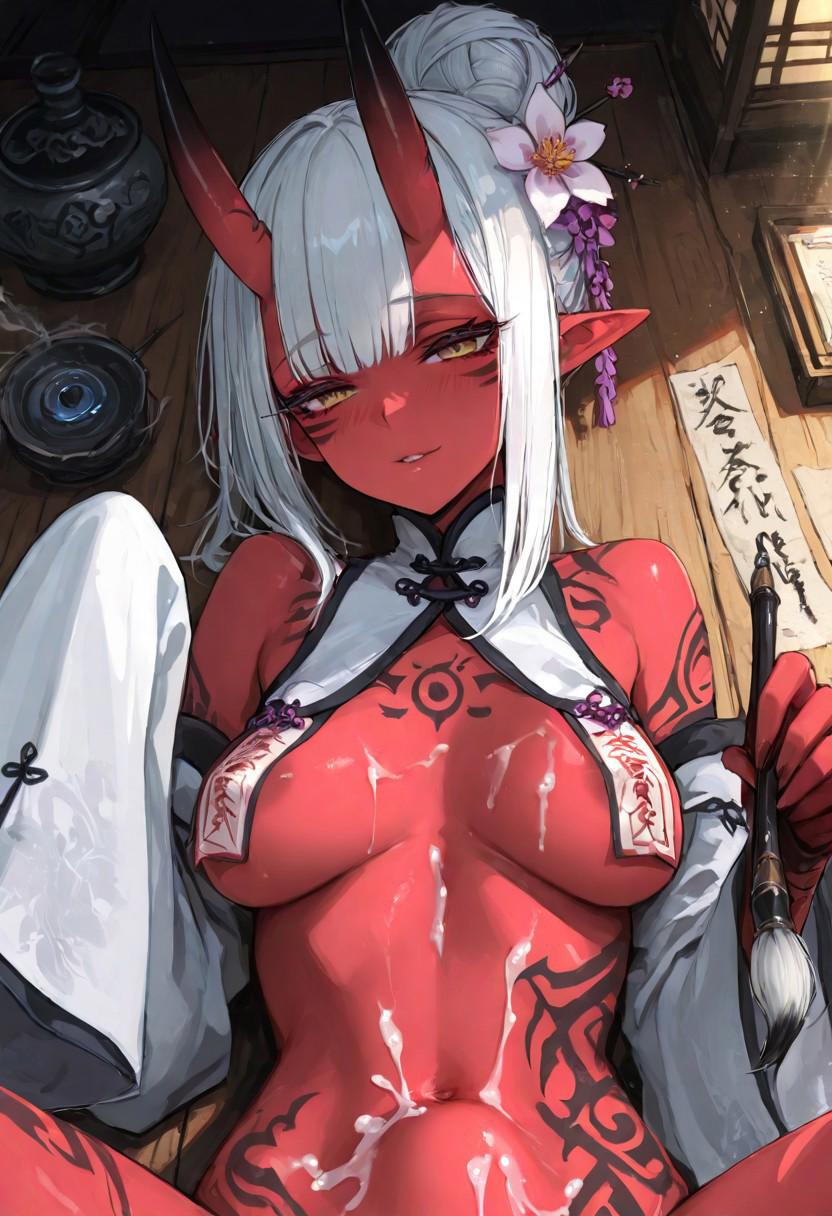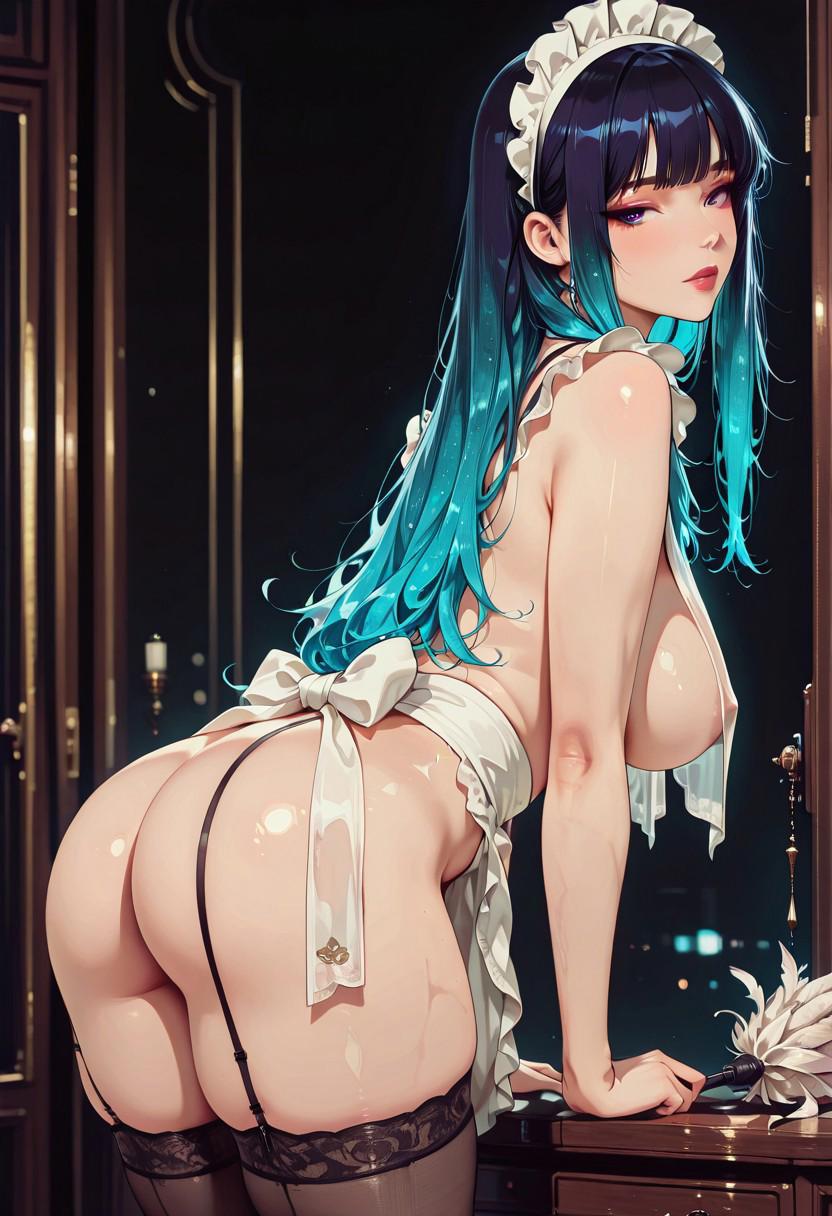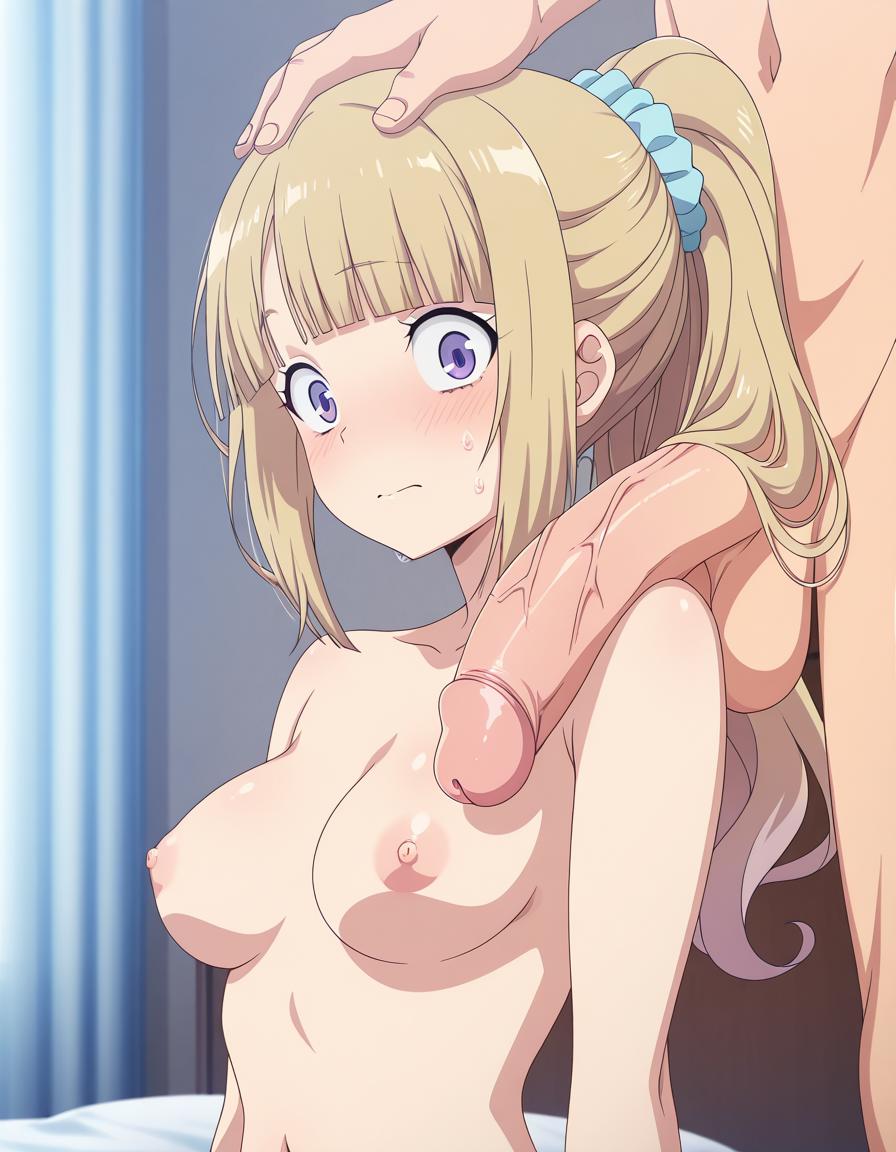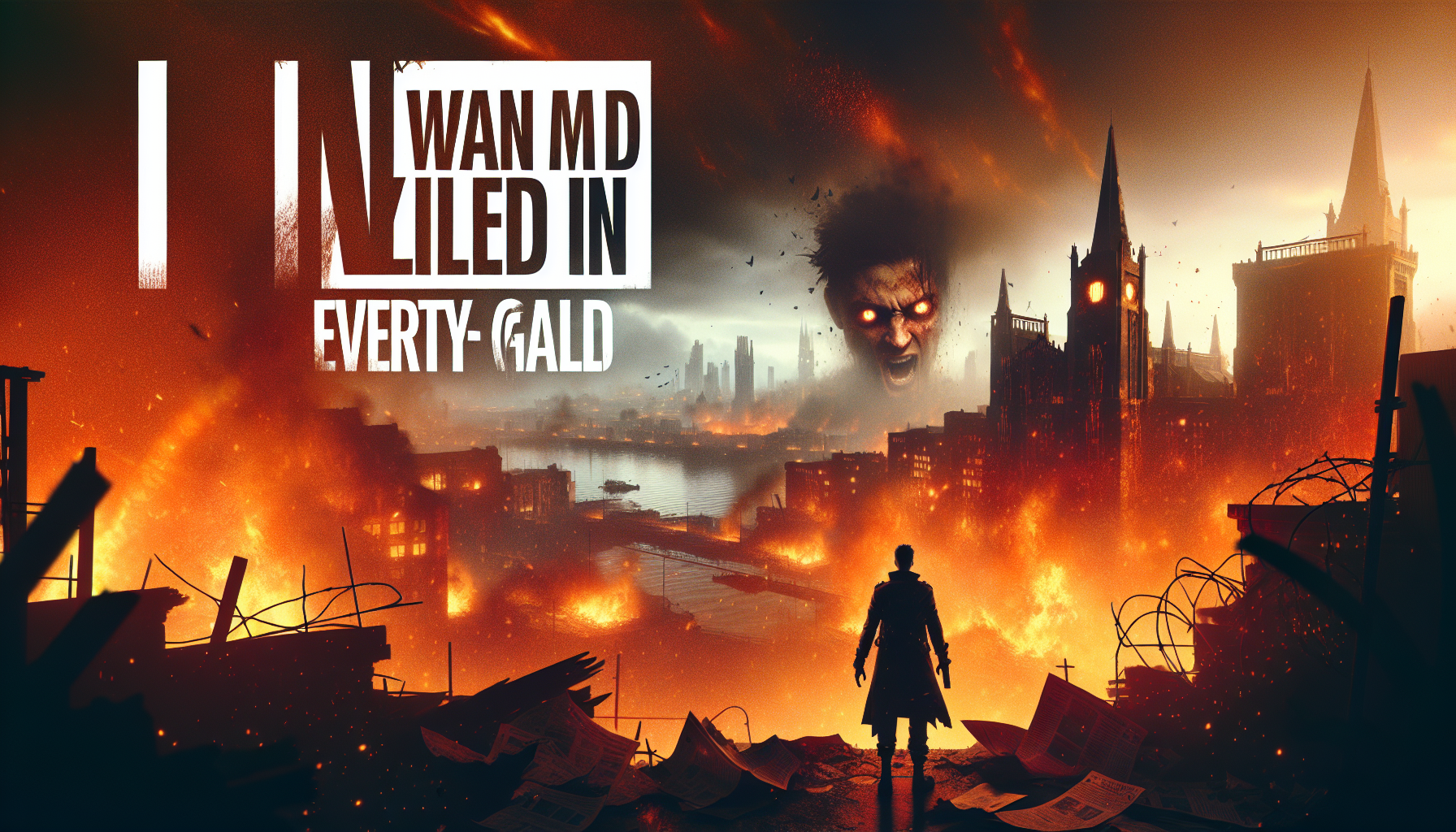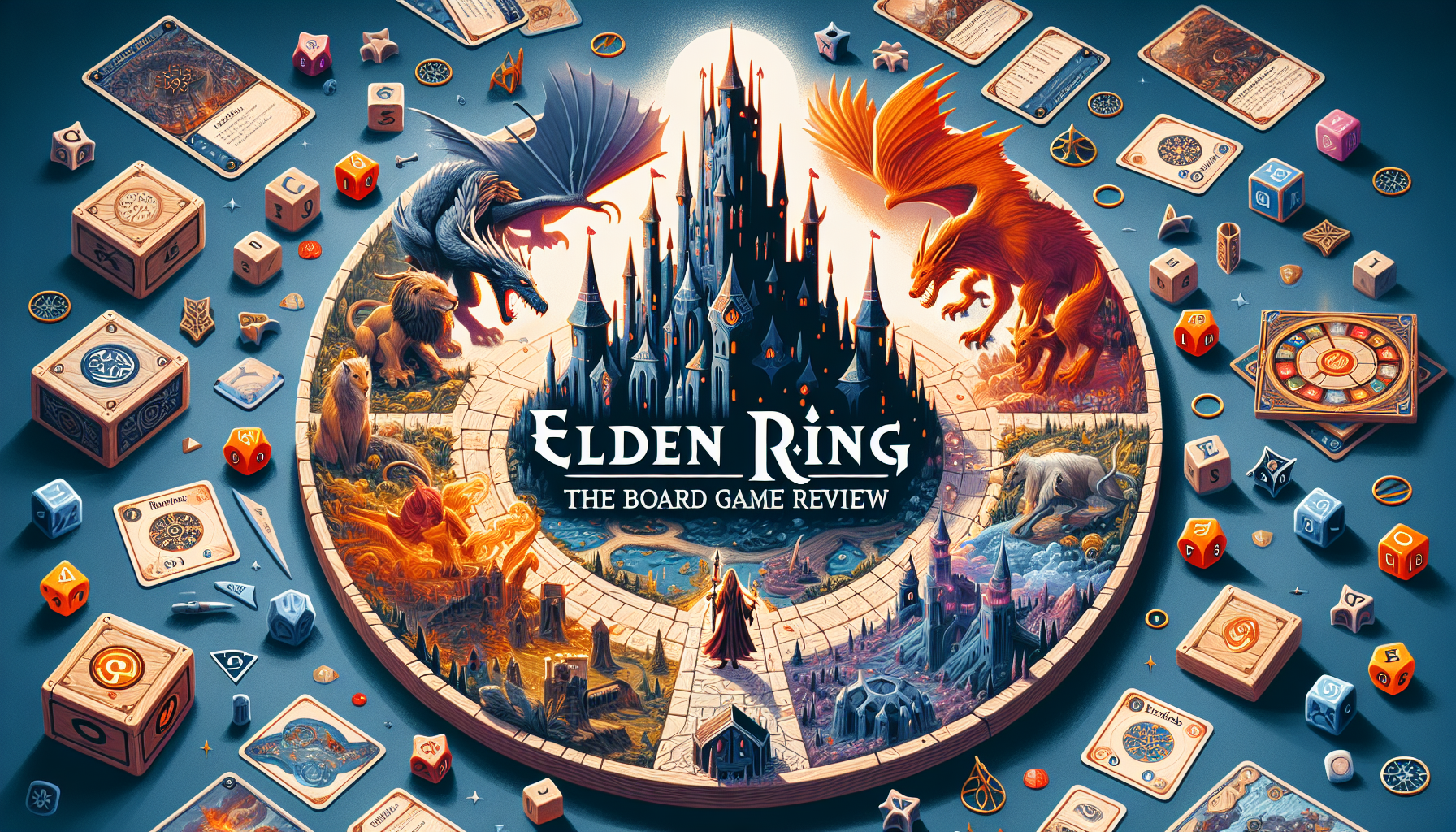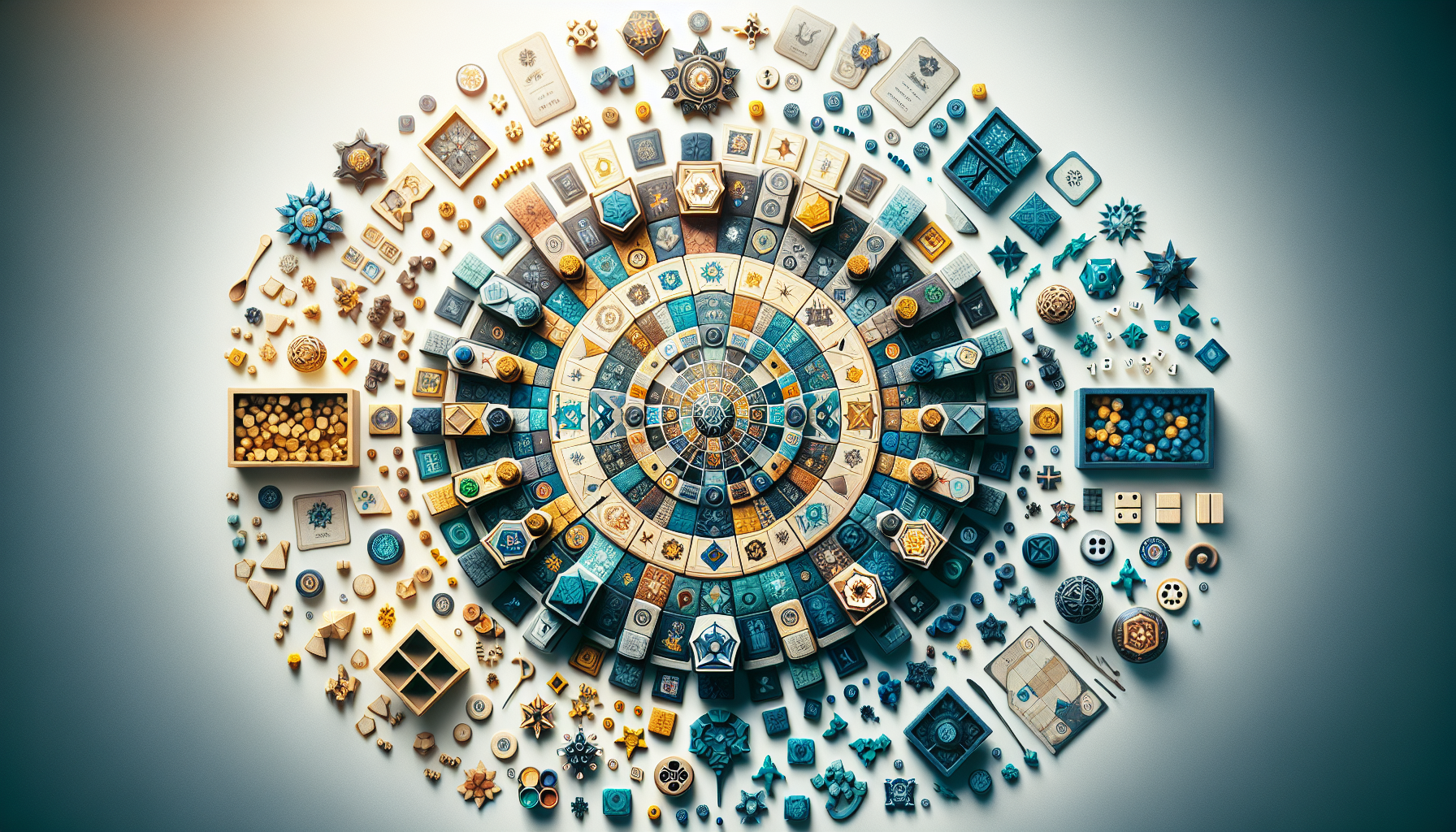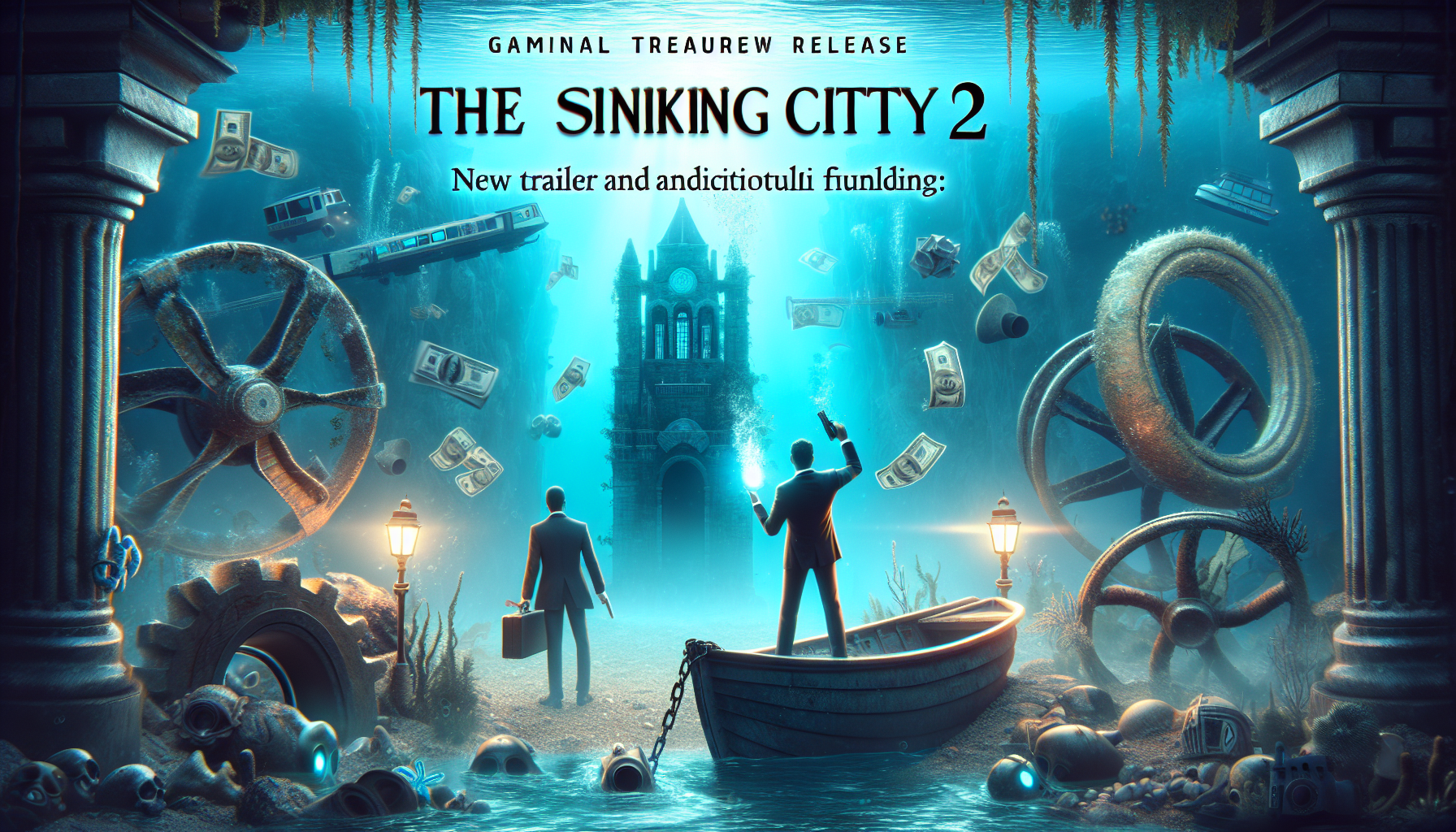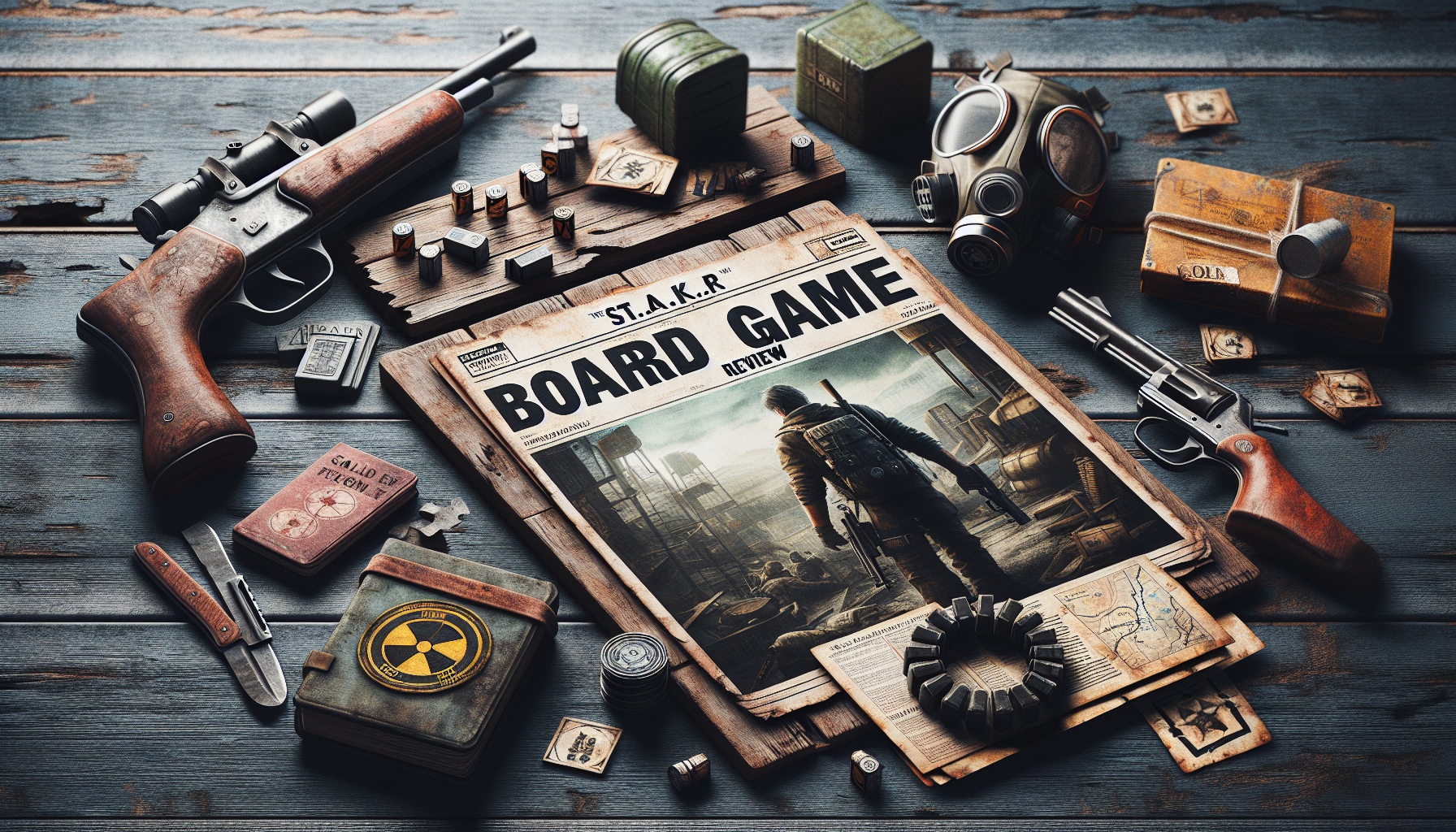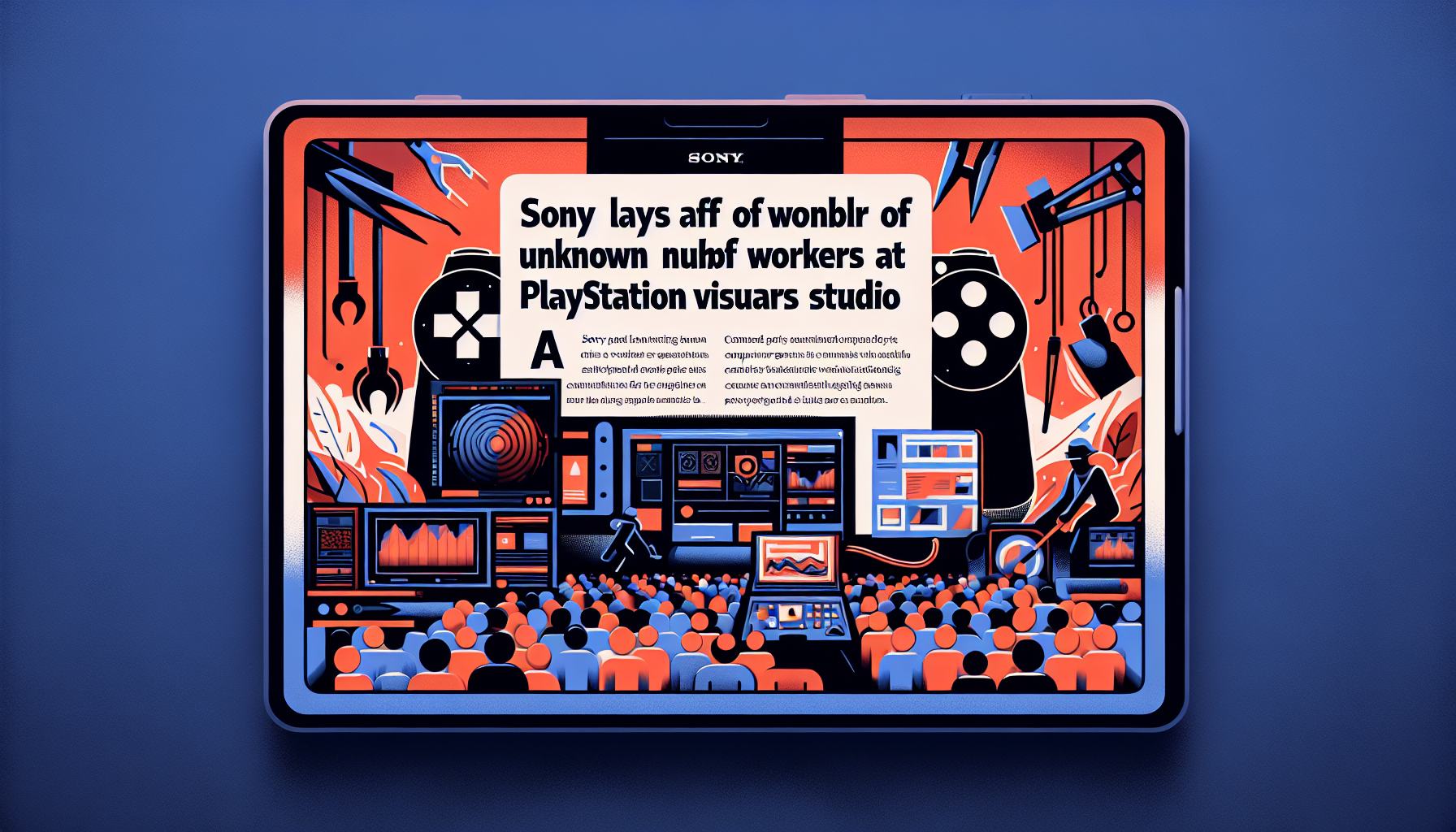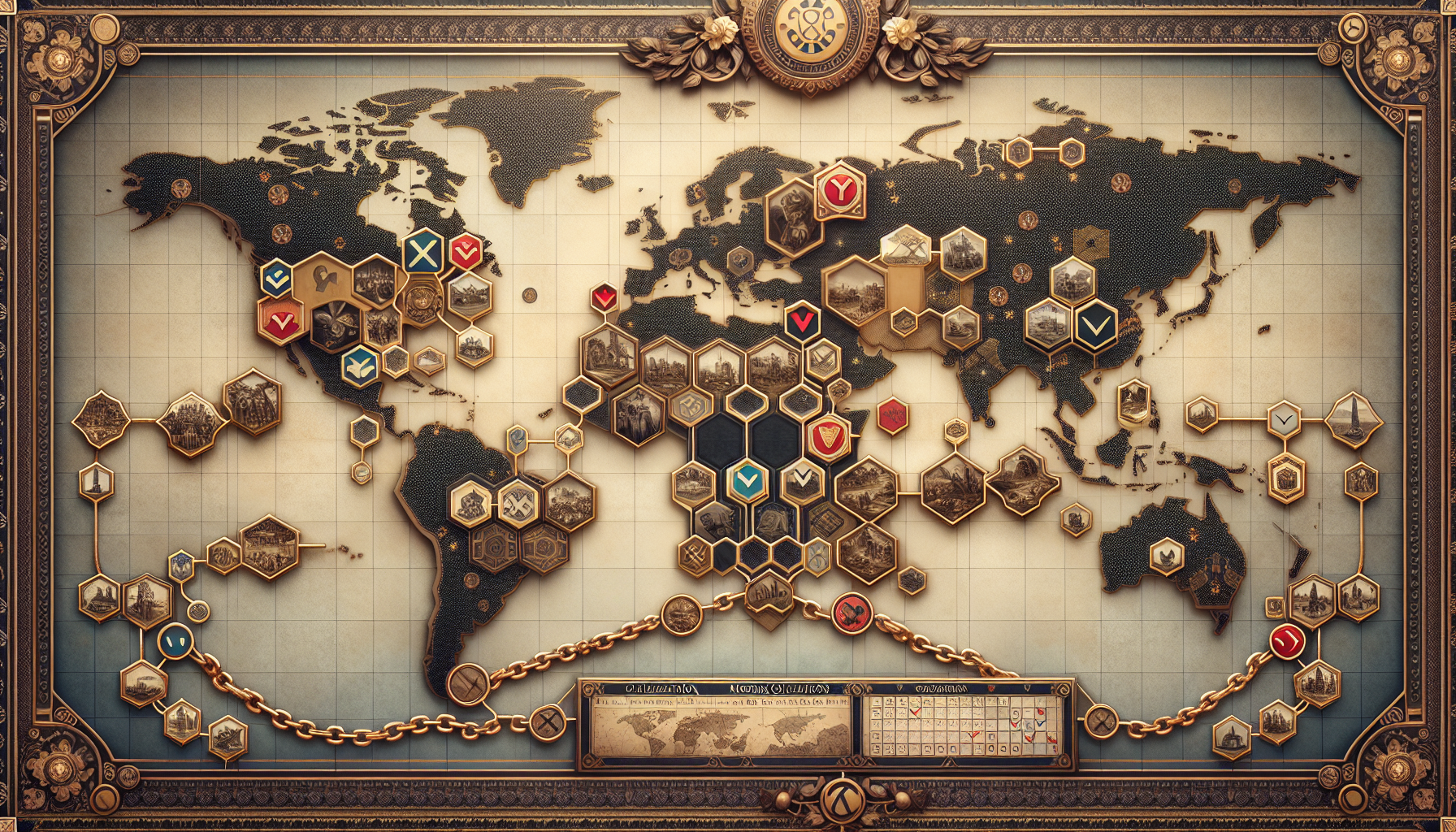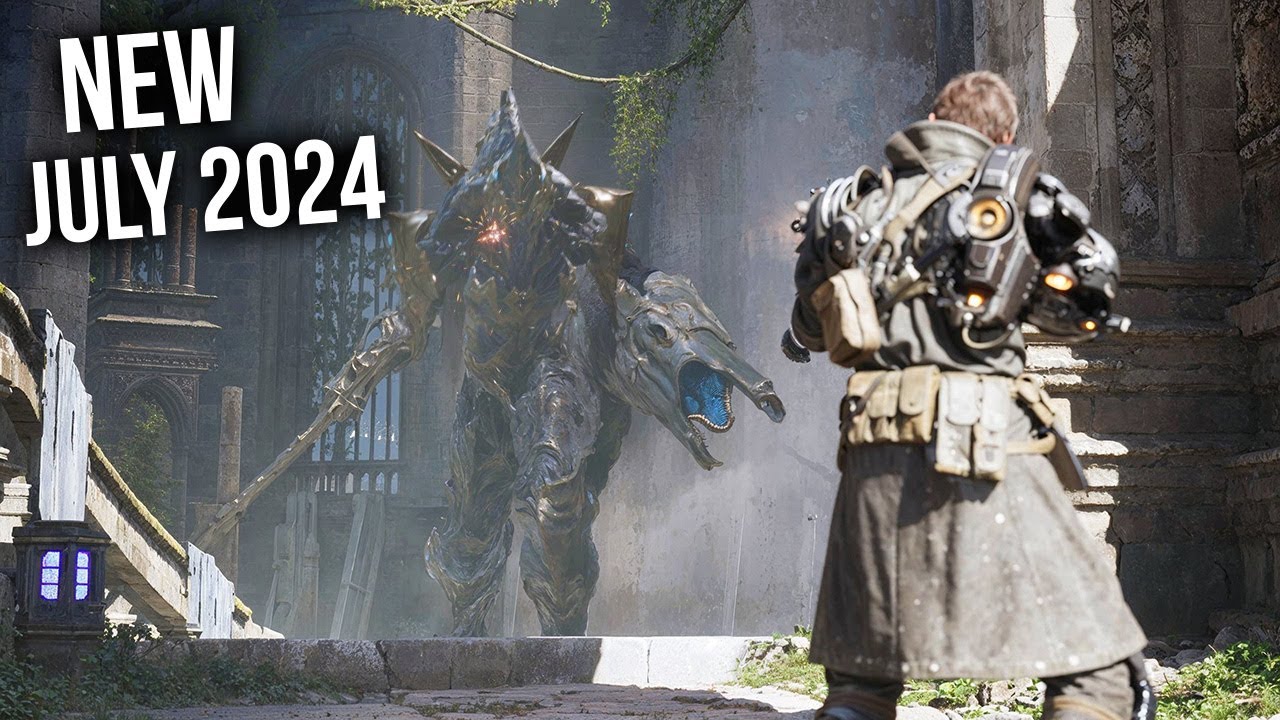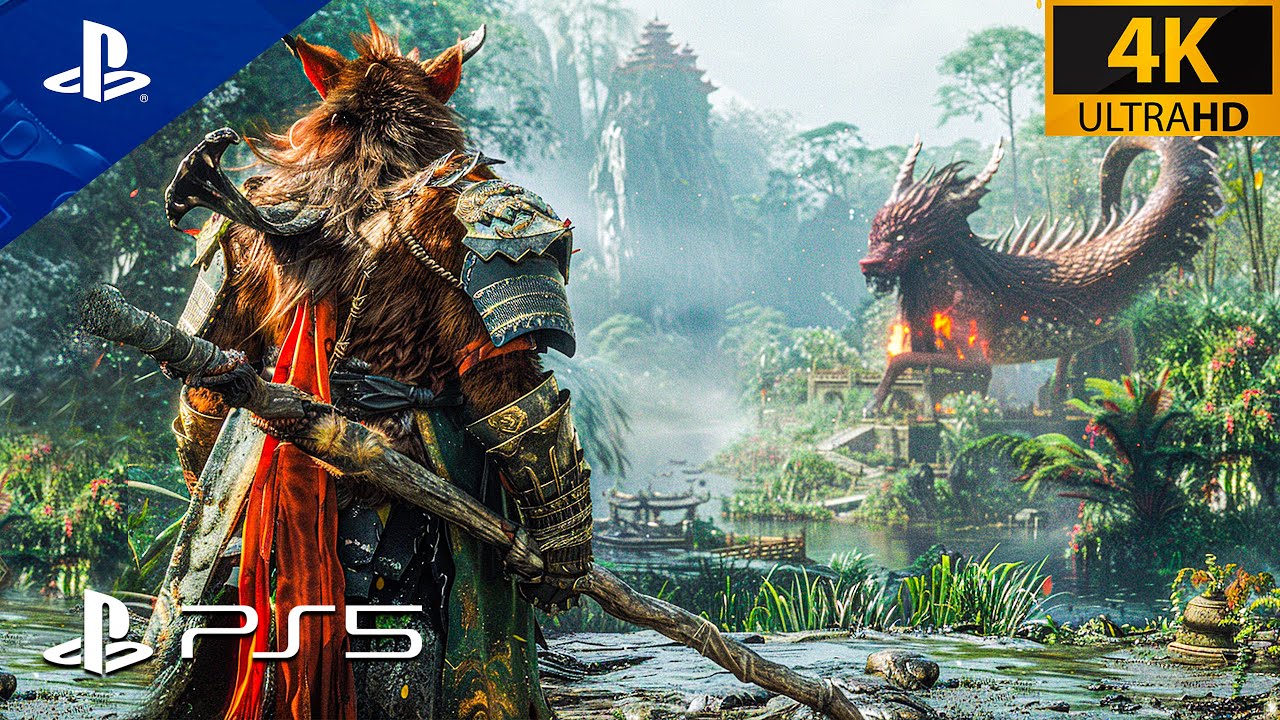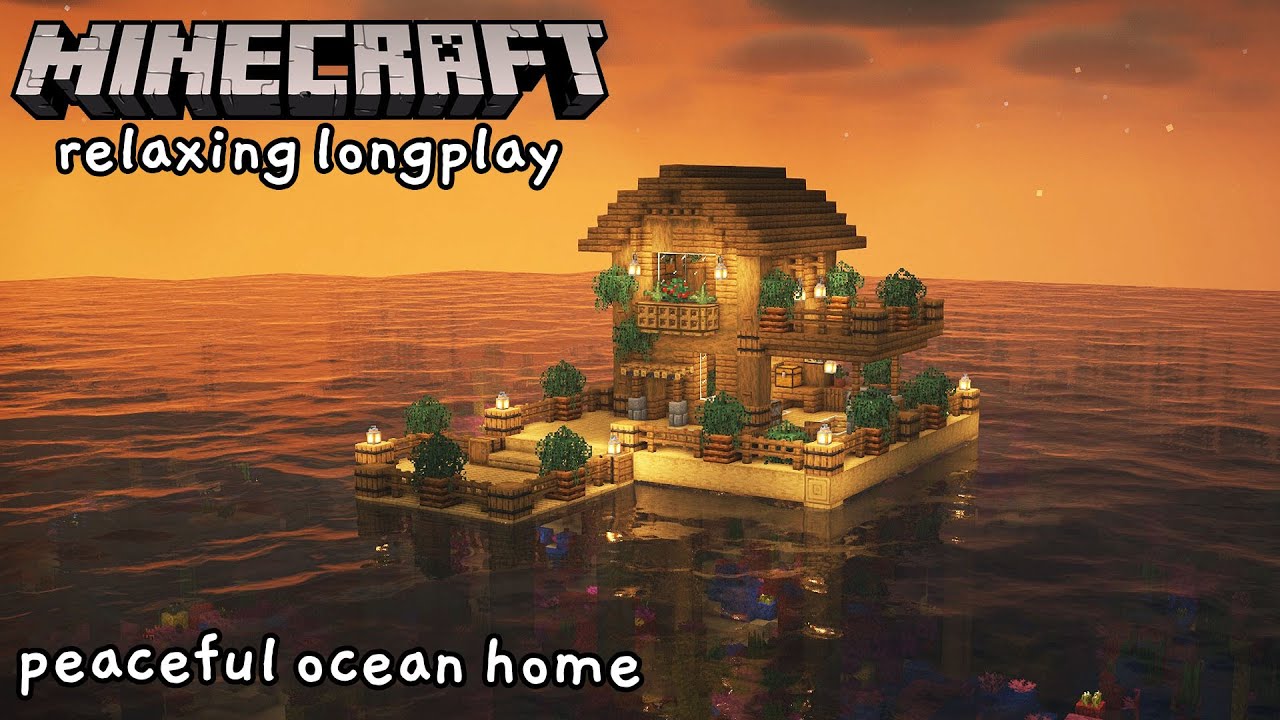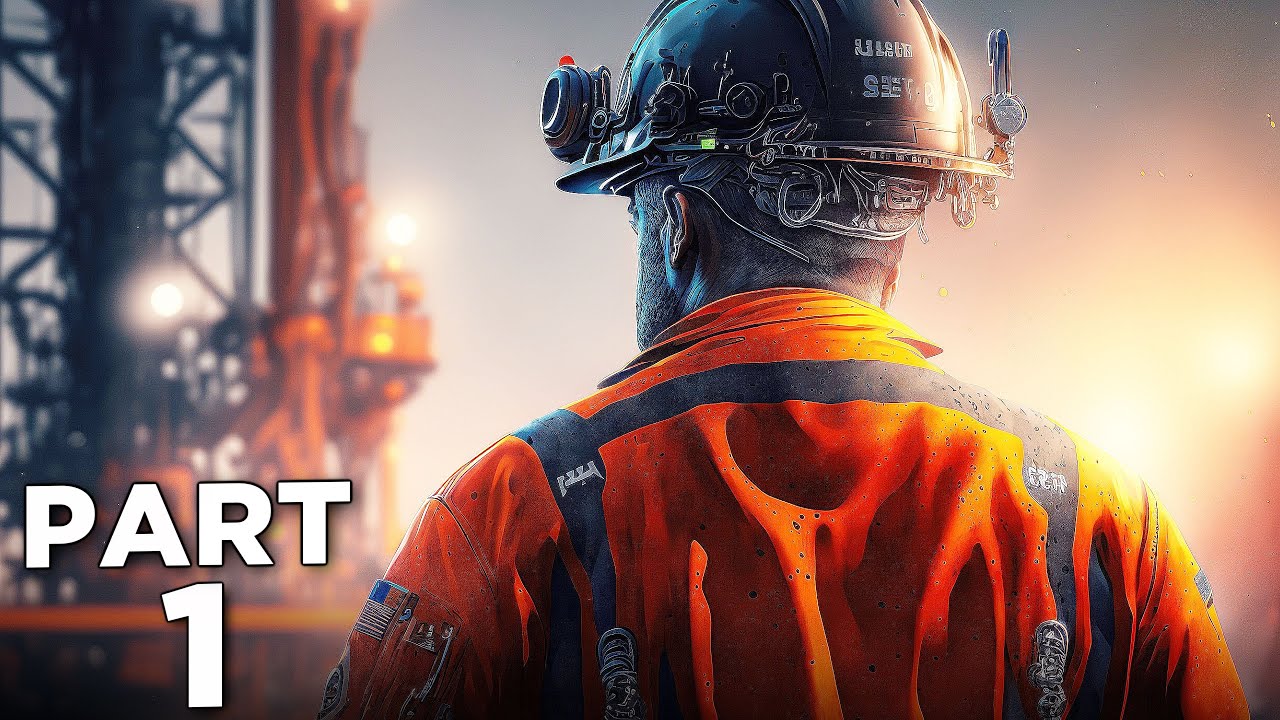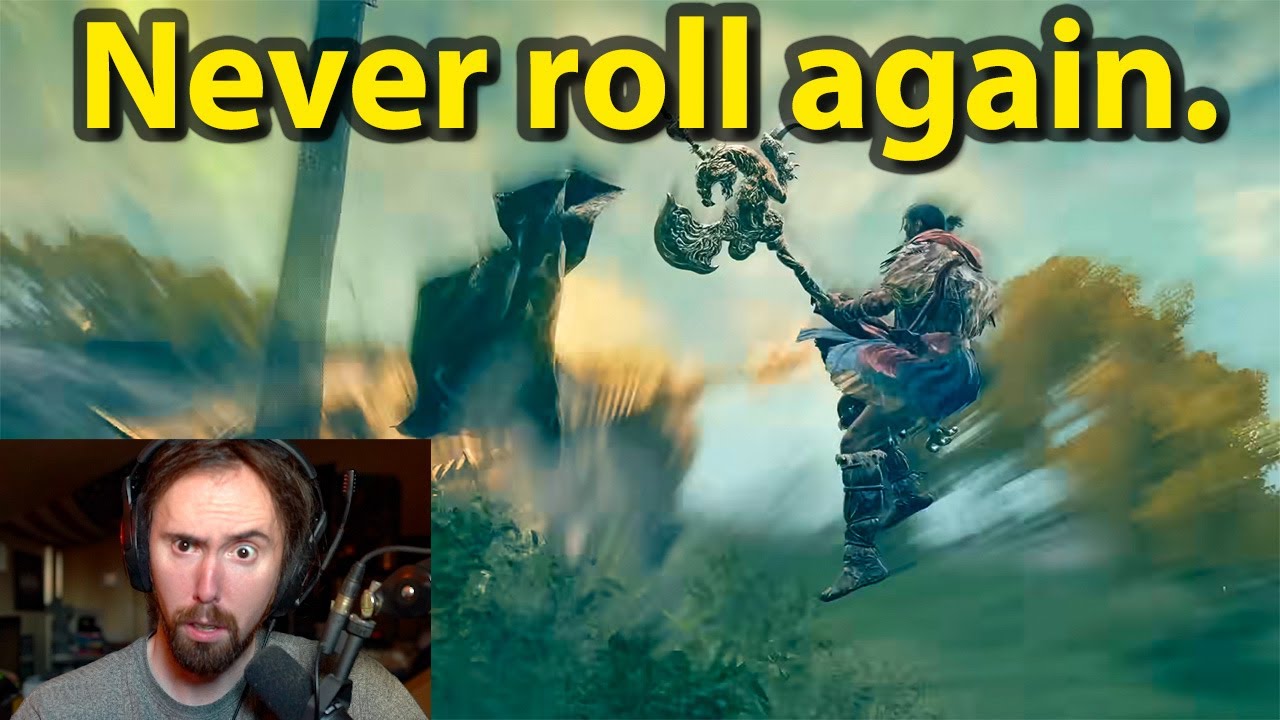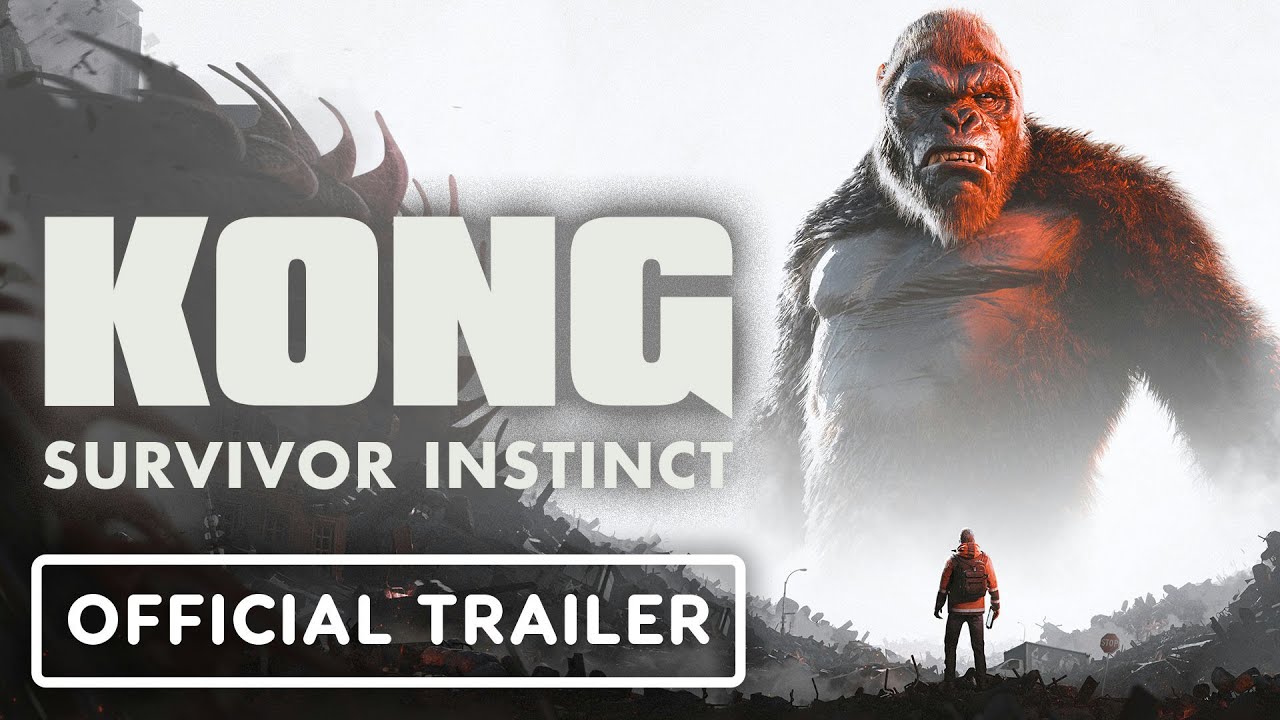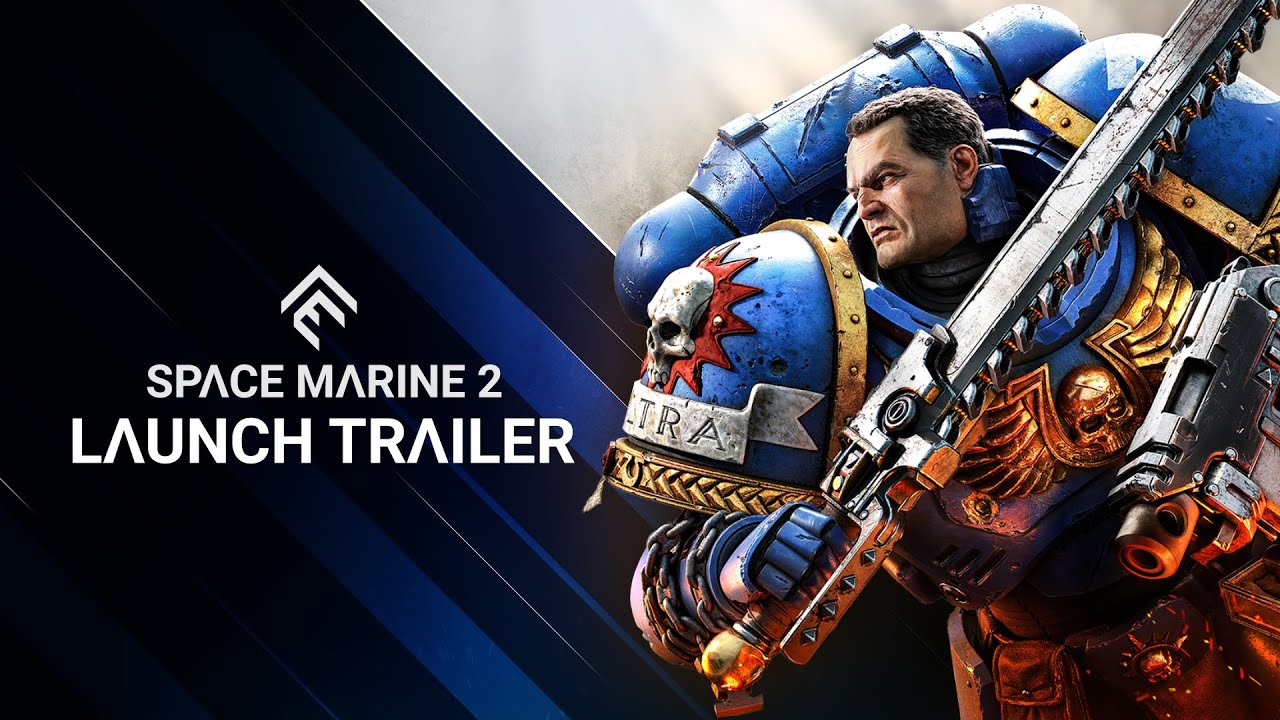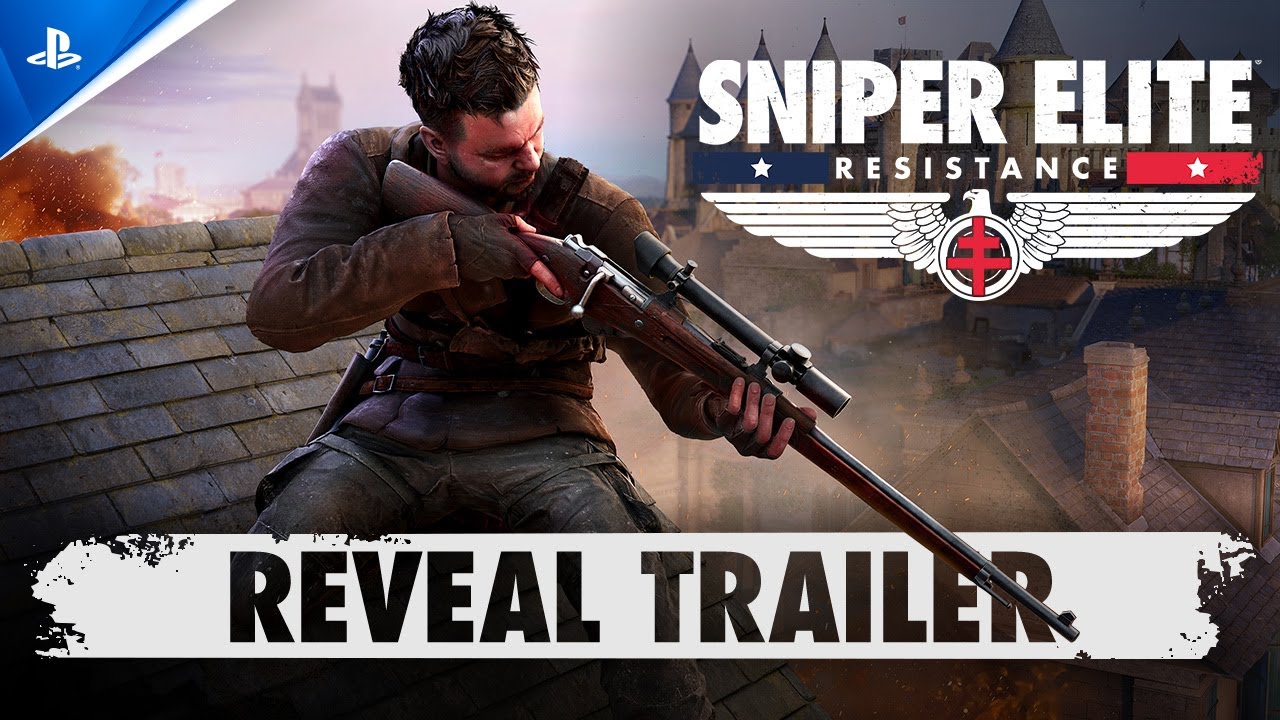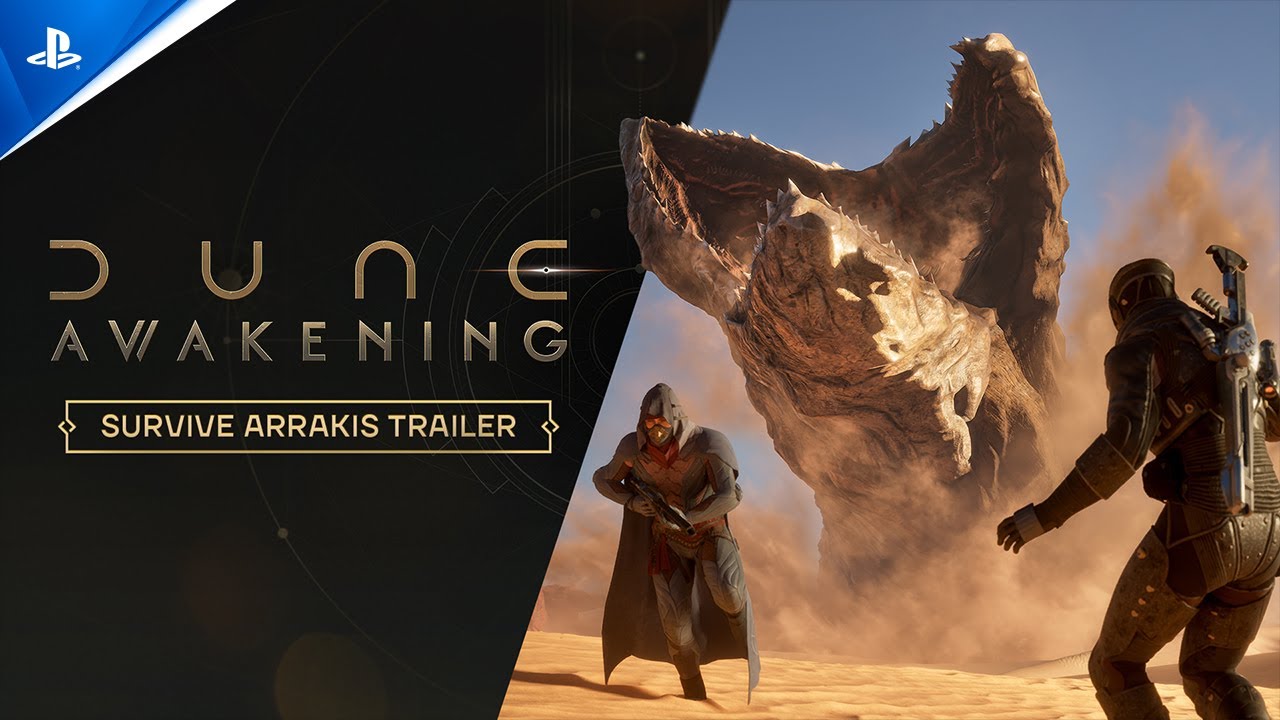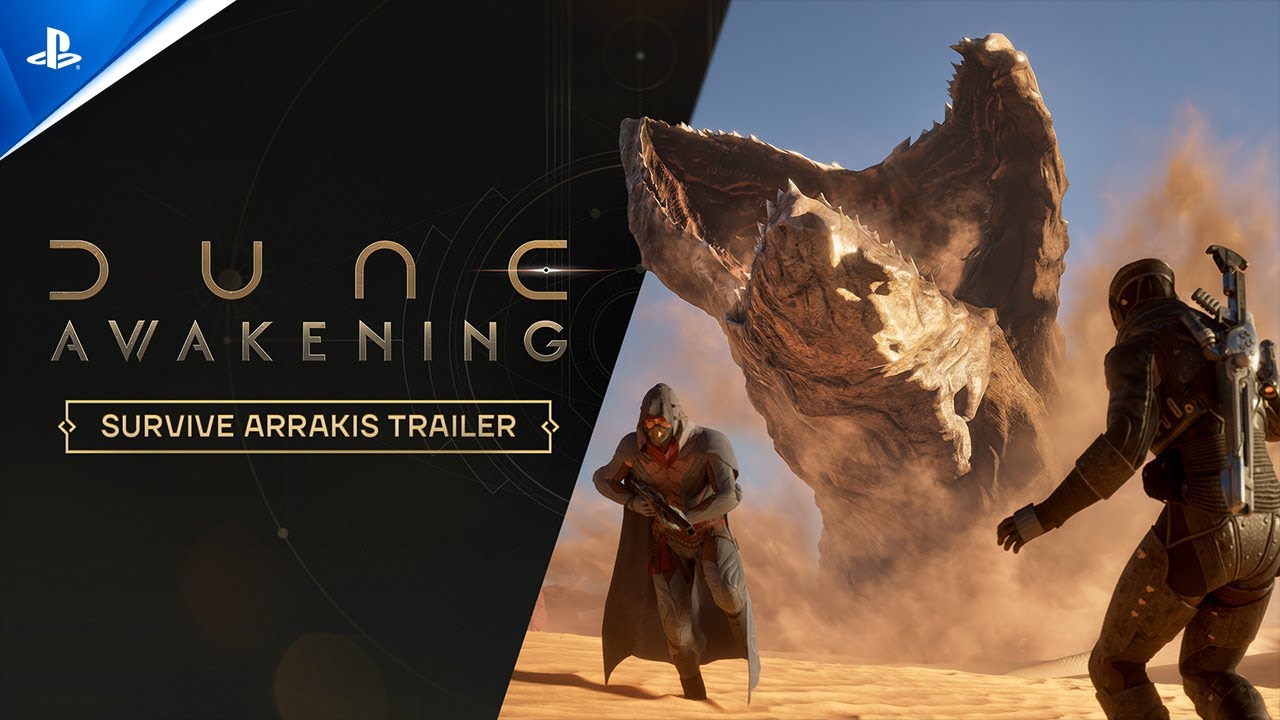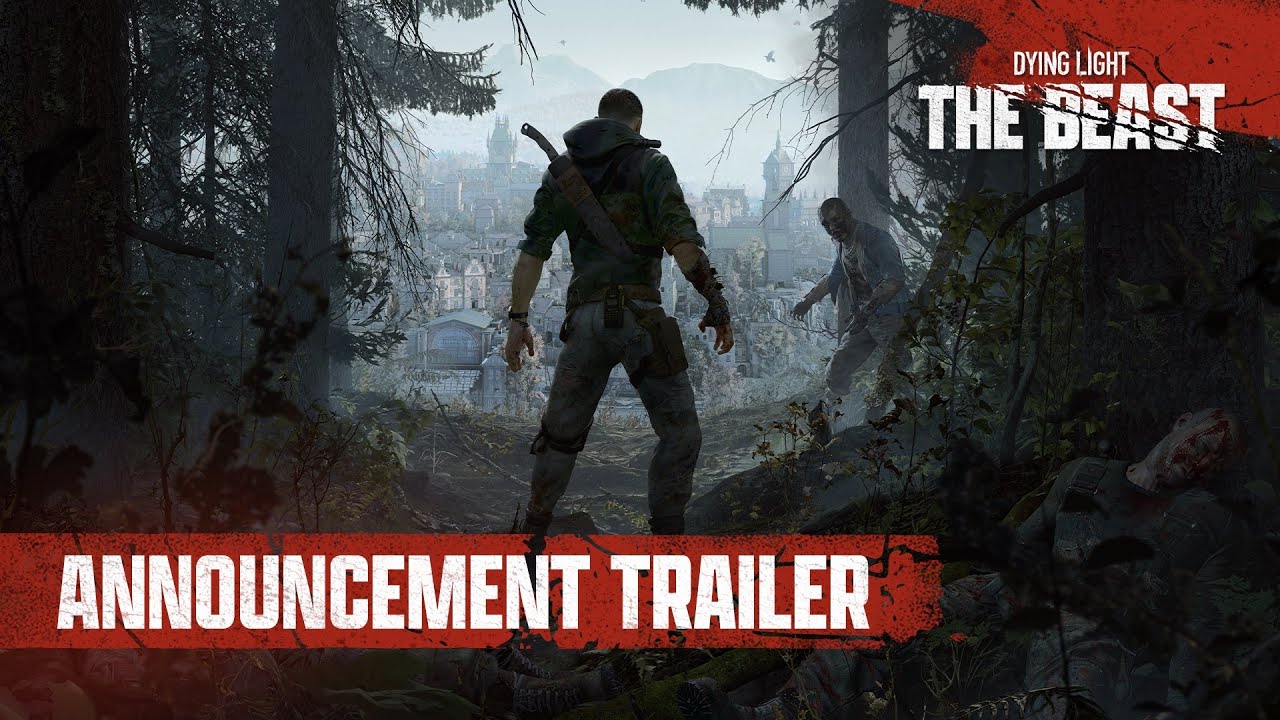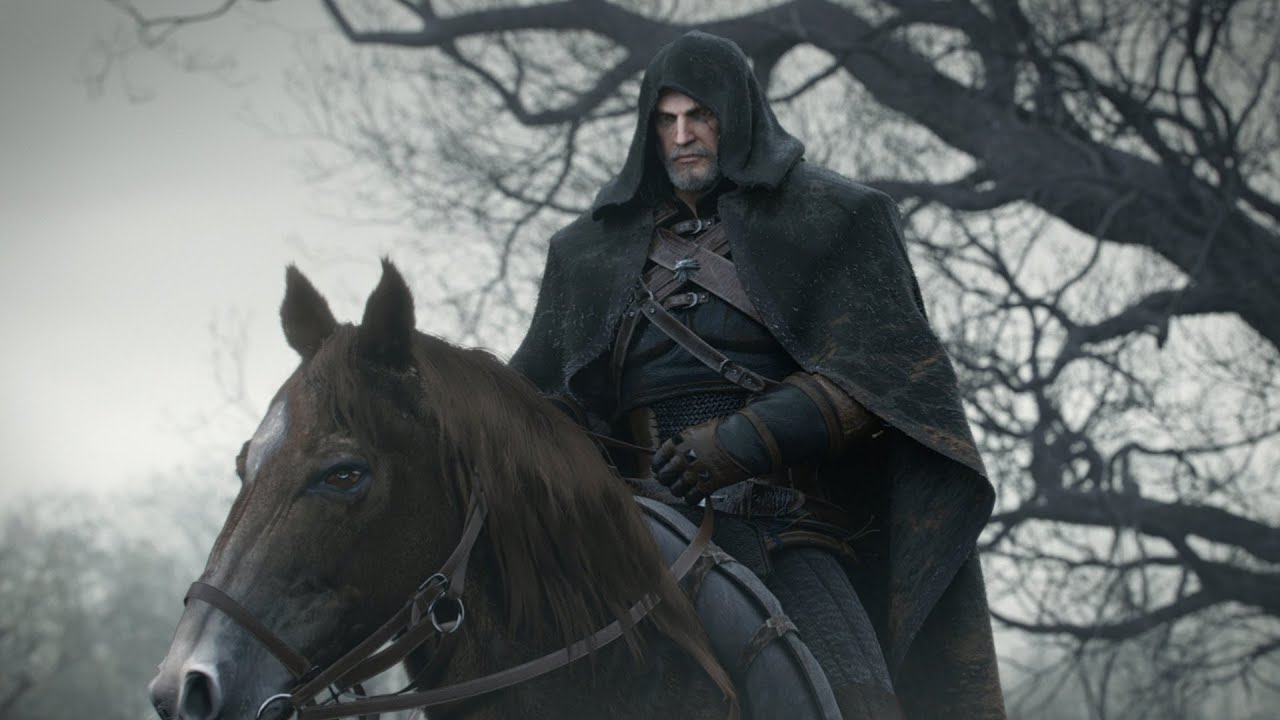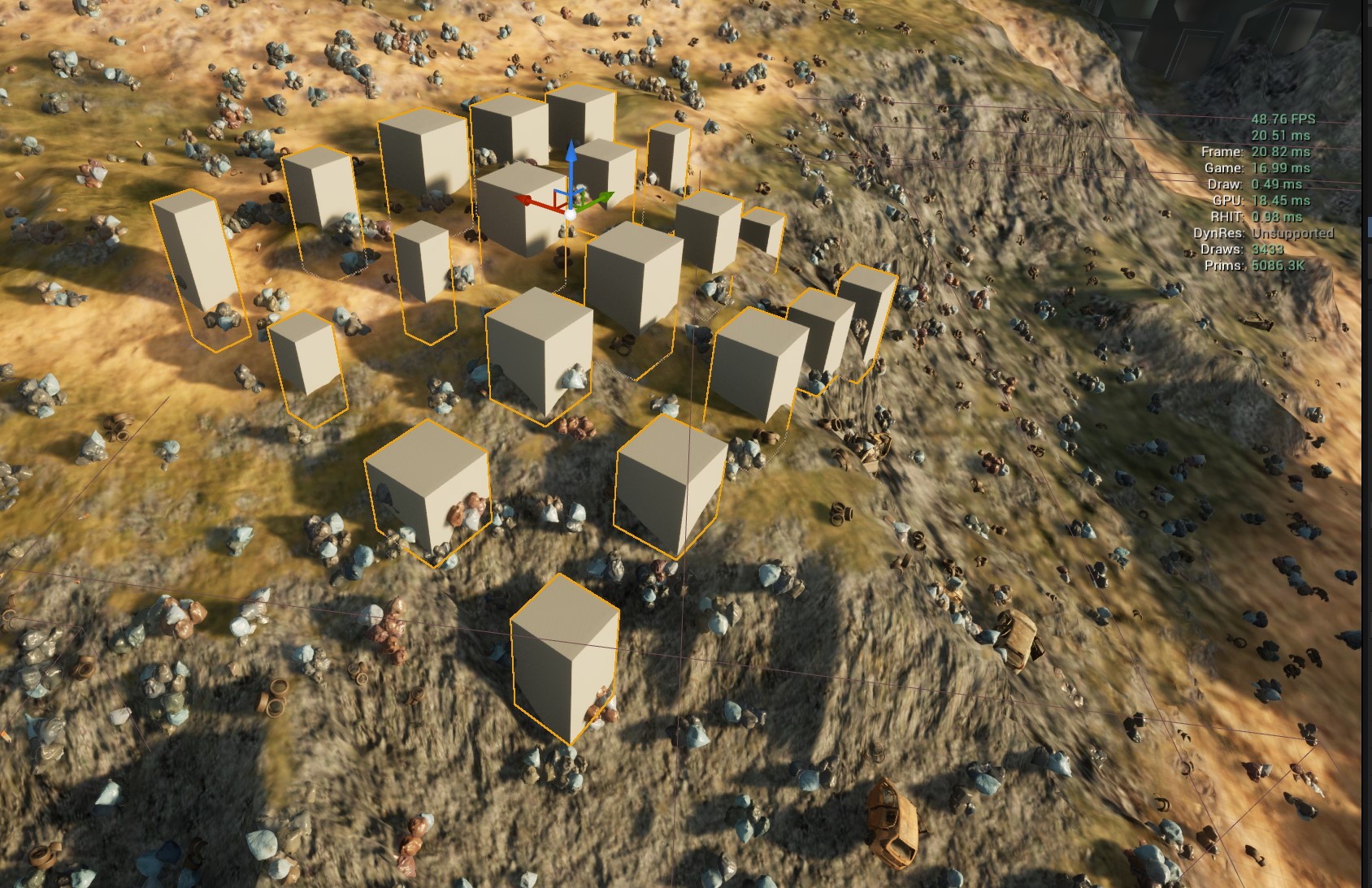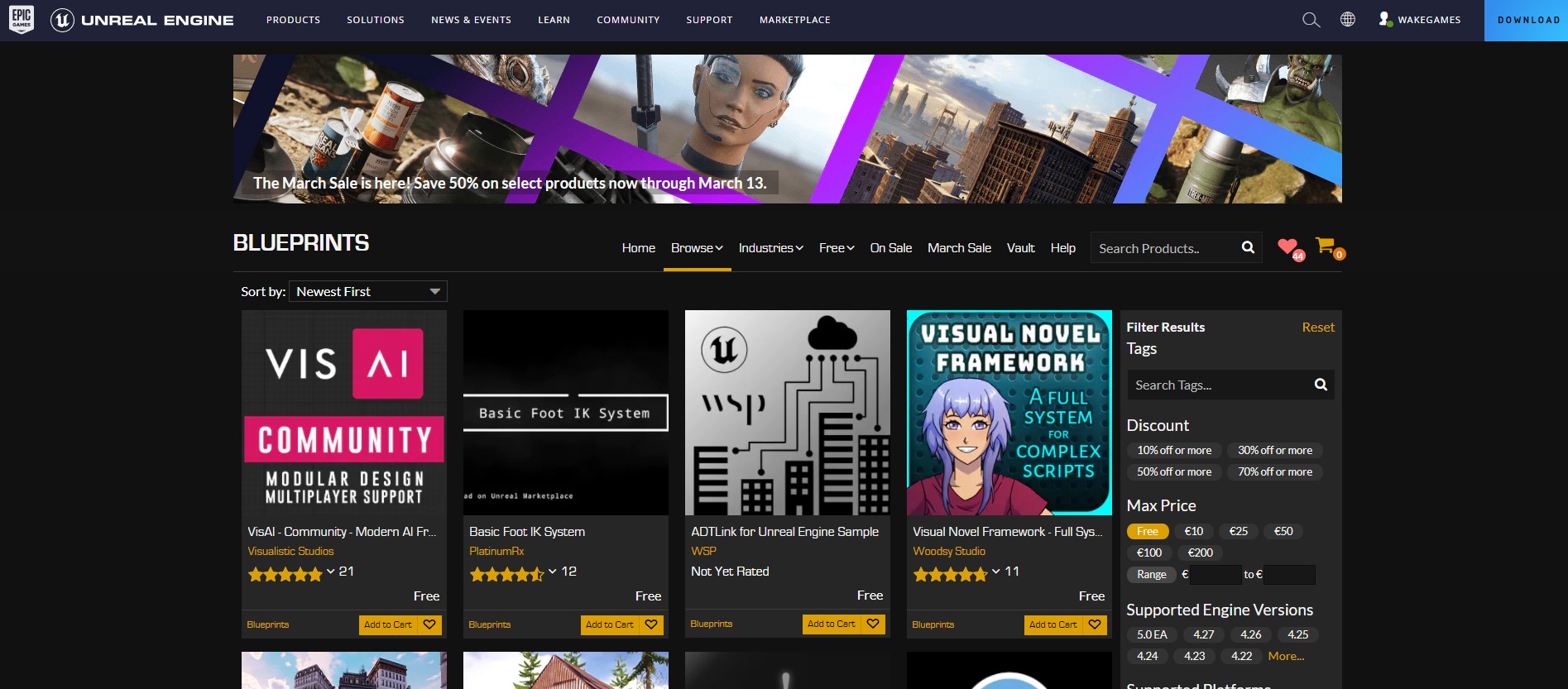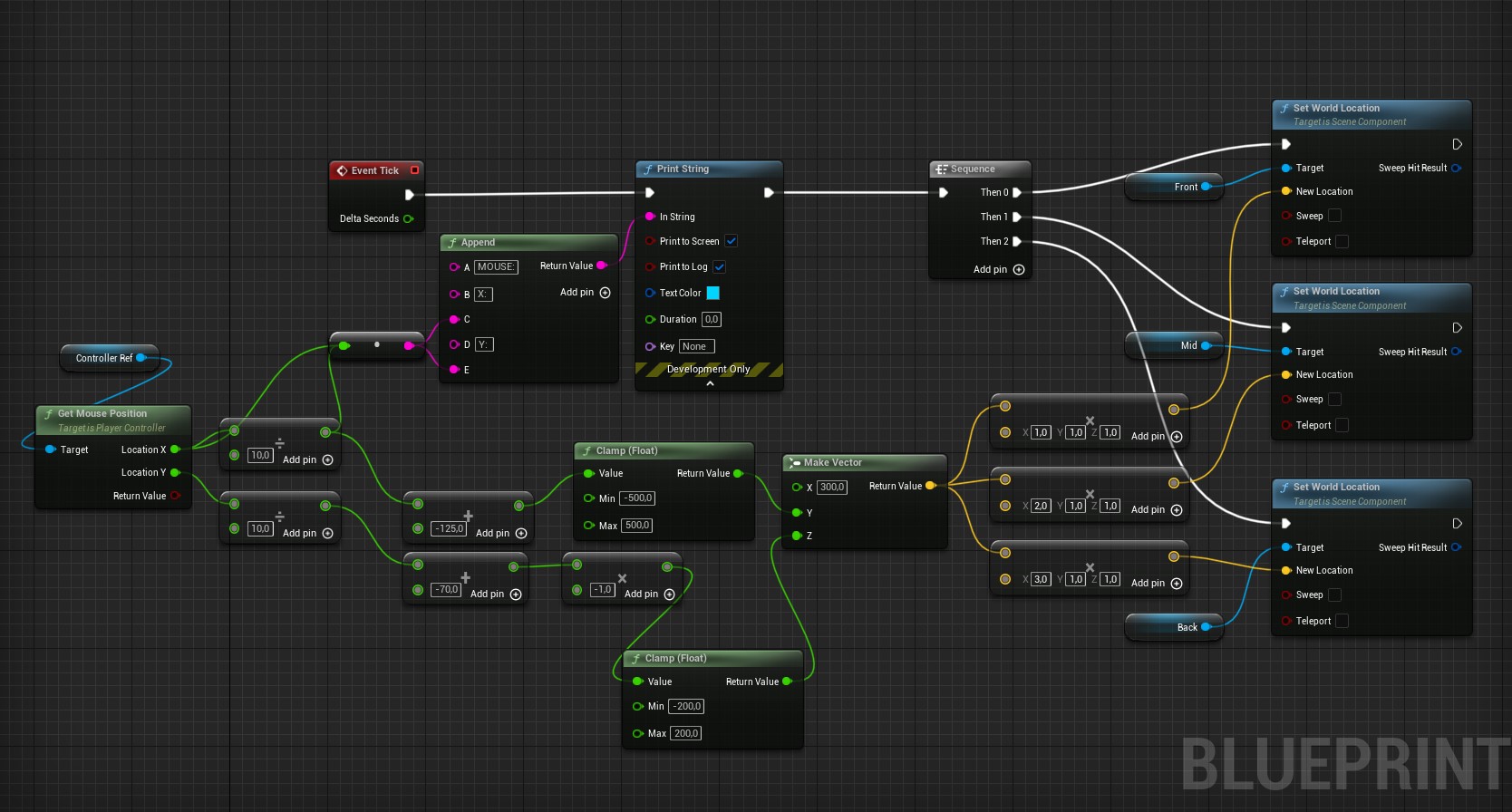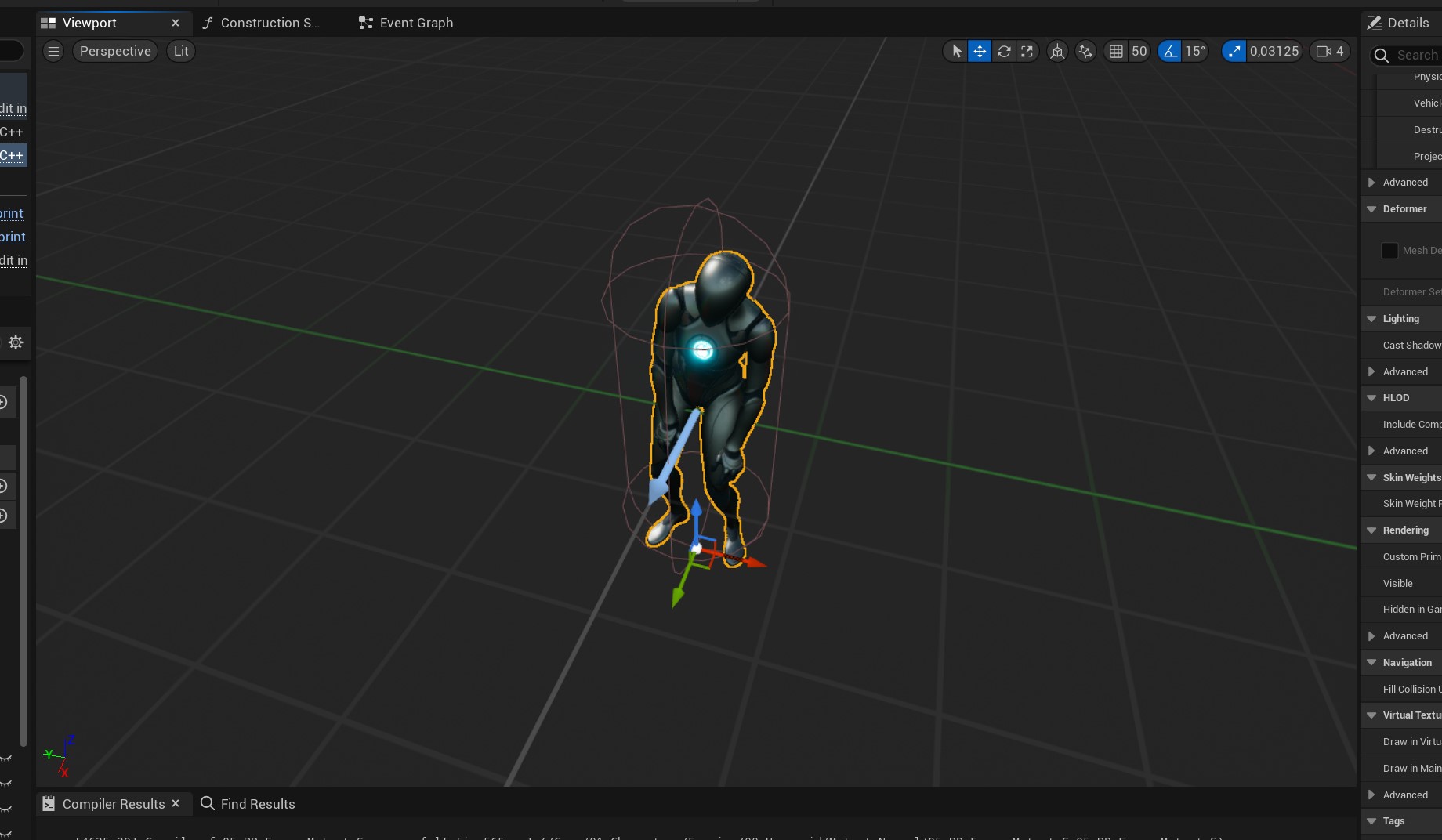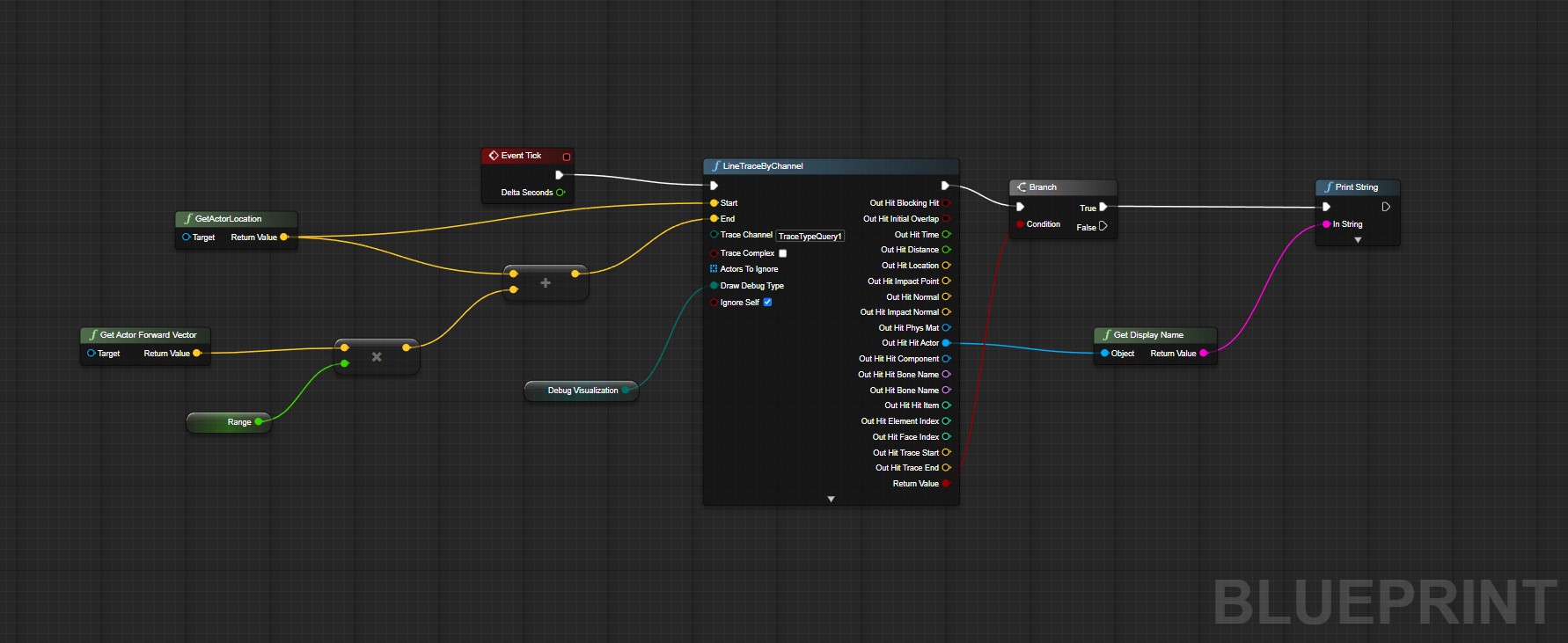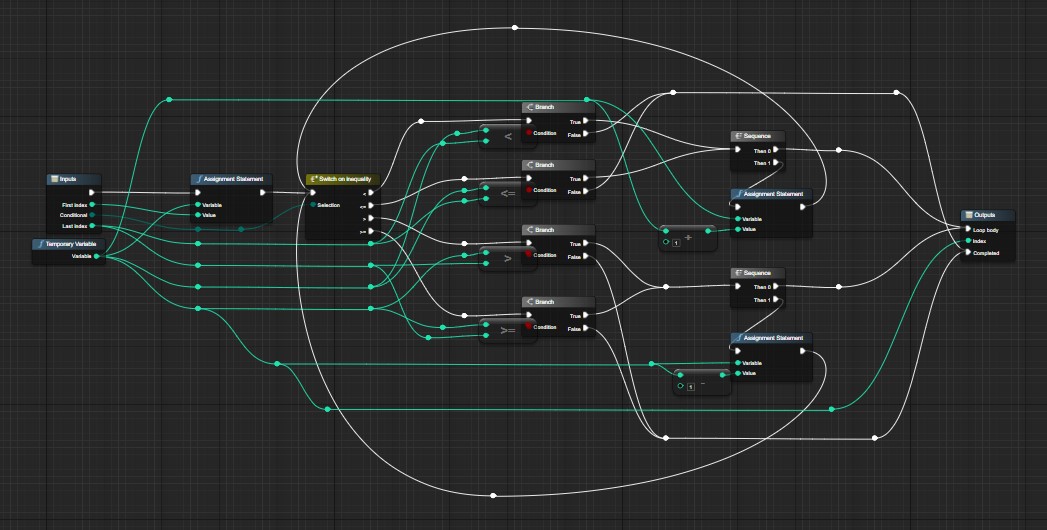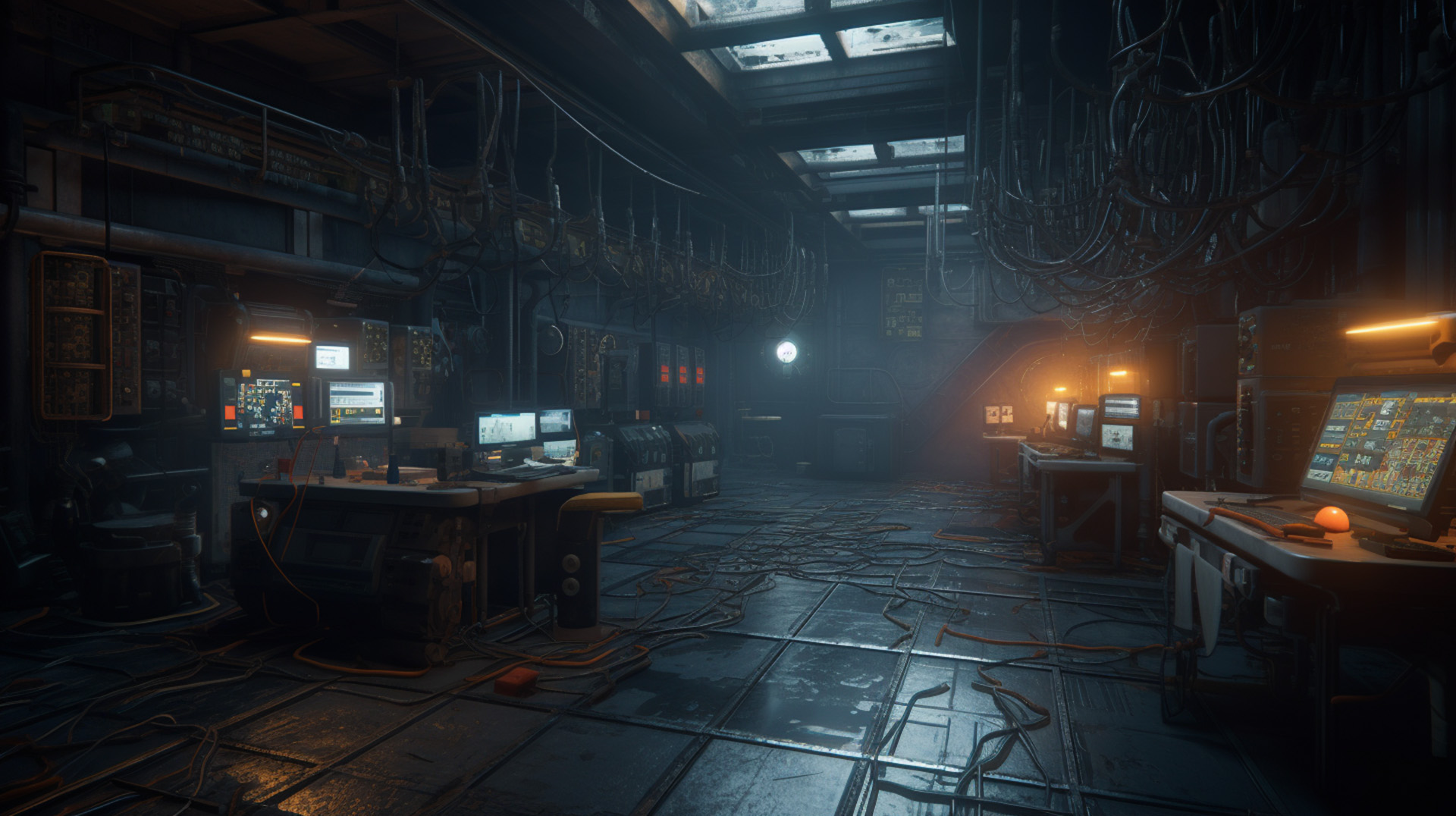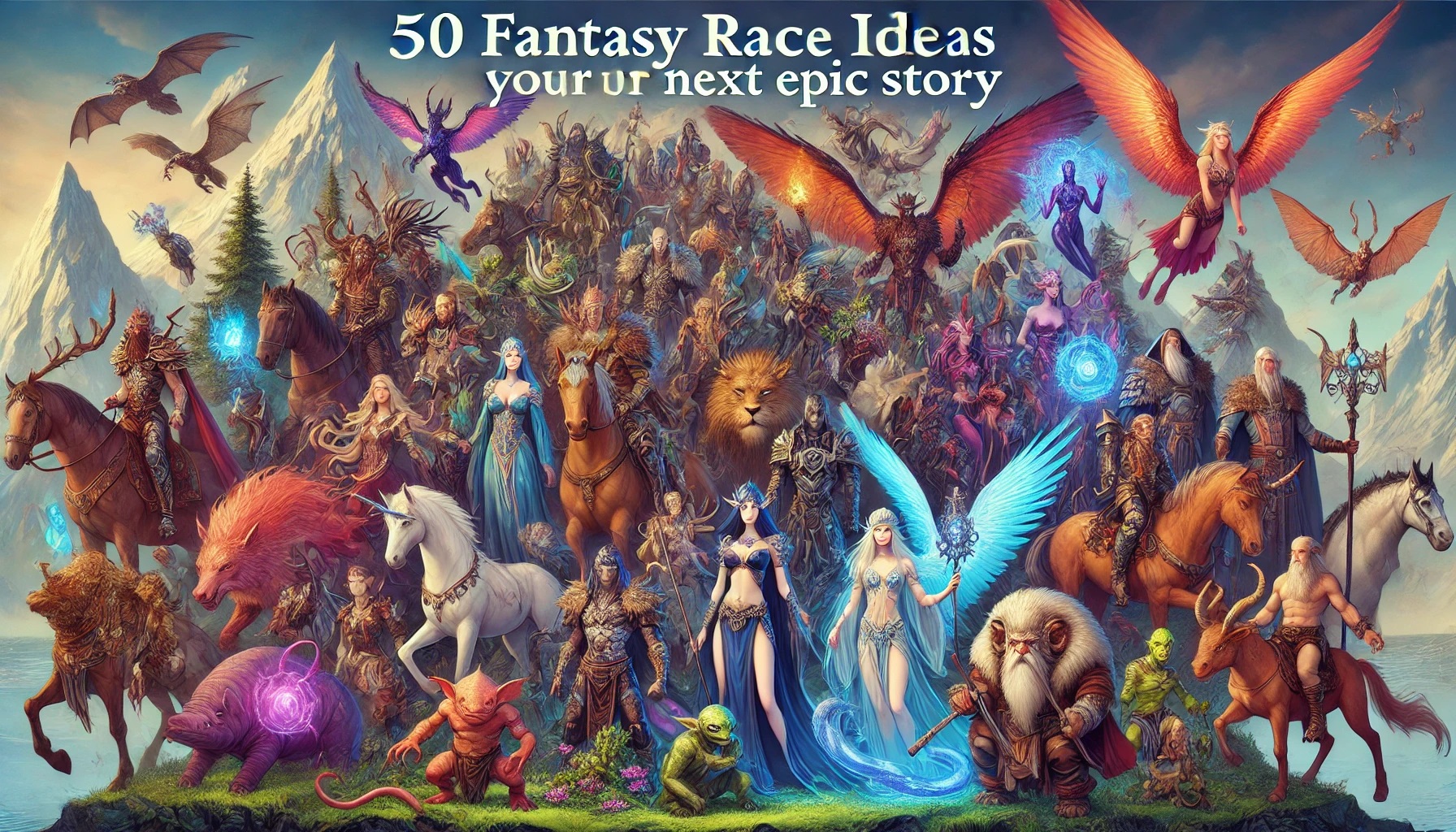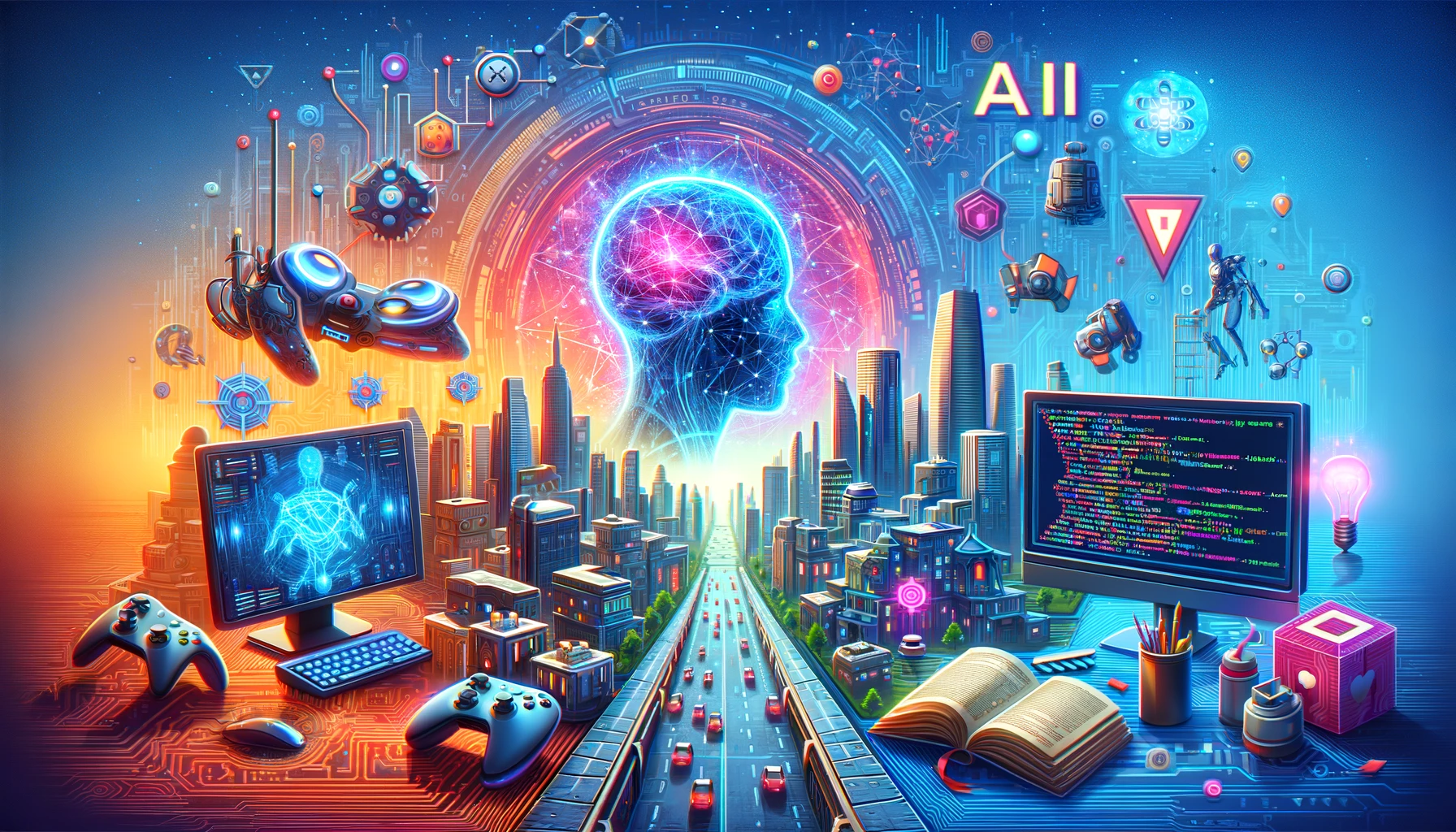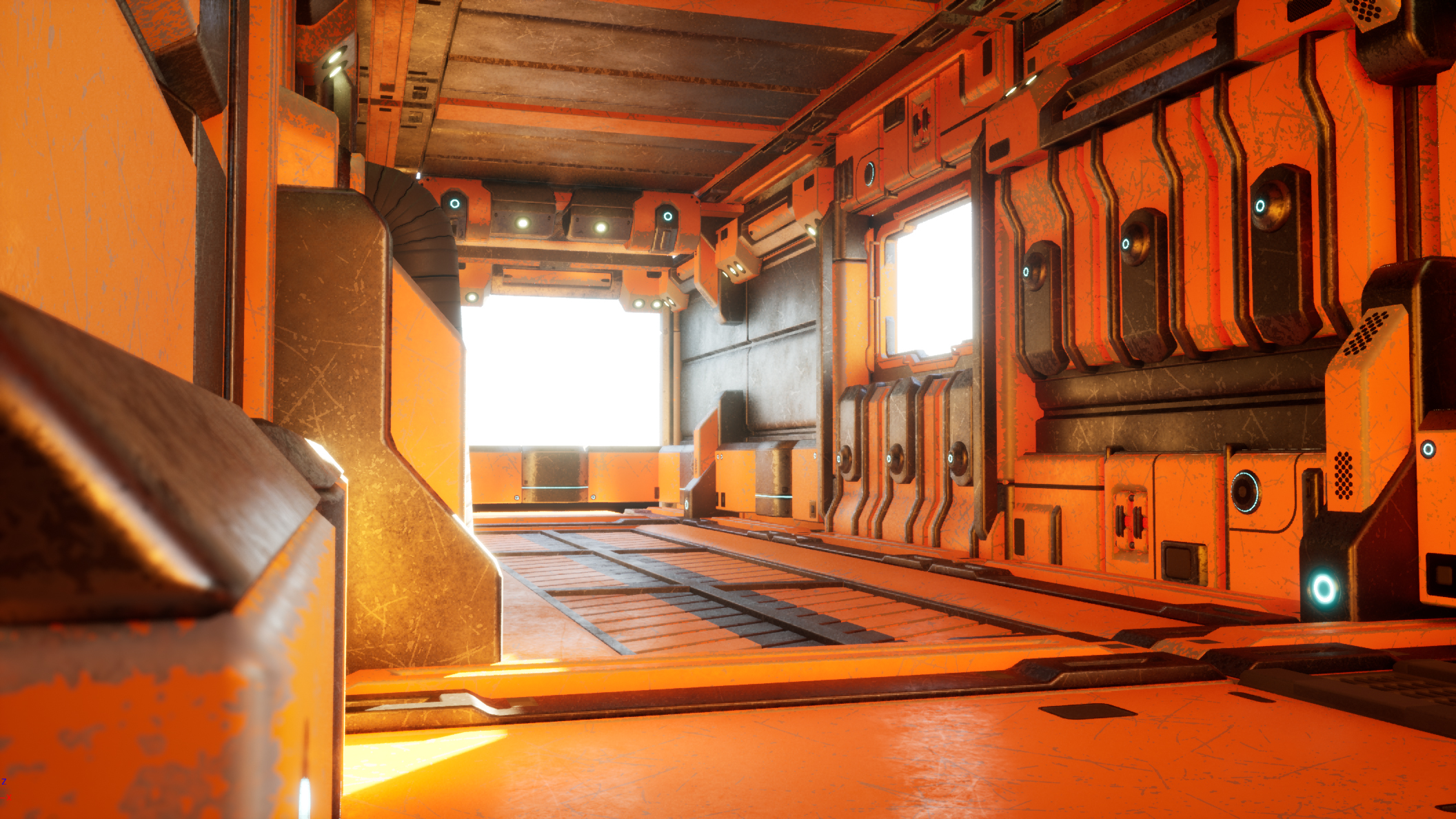# How Anime and Gaming Conventions Are Merging Cultures
Anime and gaming have long had passionate fan bases, but in recent years, the lines between fans of these two entertainment mediums have significantly blurred. Anime and gaming conventions, once separate events, are now experiencing a cultural fusion that has turned them into multifaceted gatherings, drawing enthusiasts from both spheres under one roof. This trend of merging cultures is not just a passing fad, but a transformative movement that is reshaping the landscape of pop-culture fandom.
In this article, we’ll dive deep into how anime and gaming conventions are merging cultures, how this intersection benefits fans and creators alike, and how it’s pushing the boundaries of both industries.
## Shared Interests: The Union of Gaming and Anime Fans
### A Common Audience
At their core, anime and gaming already share significant overlap in terms of both content and fanbase. Many anime series are adapted into video games, and several popular games inspire spin-off anime (think *”Sword Art Online”* or *”Persona 5″*). Both anime and gaming ignite the fantasy, adventure, and escapism that fans crave — making the transition between the two entirely seamless.
In fact, these connections have been evident for years. Go to any gaming convention, such as **E3** or **PAX**, and you’ll undoubtedly find fans dressed as anime characters. Similarly, an anime convention like **Anime Expo** often showcases video game developers and competitions alongside its anime-centric events. This crossover is facilitated by fans who are ardent consumers of both mediums and see them as two sides of the same coin.
### The Convergence of Cosplay Cultures
One of the most prominent ways that anime and gaming conventions are blending their cultures is through cosplay (costume play). Attendees coming to major conventions such as **Comic-Con**, **Anime Matsuri**, and **Tokyo Game Show** participate in cosplaying characters from both anime and video games. These conventions now frequently host crossover cosplay competitions, where fans of both genres come together to showcase their stunning work.
For example, you might see someone don the armor of *Cloud Strife* from *Final Fantasy* in a gaming section, while another fan walks by dressed as *Naruto* in the anime area. But increasingly, there is no clear divide. Conventions now attract fans who feel equally passionate about video games and anime, making it more difficult to isolate the two genres into separate spheres.
## Convention Programming: A Blend of Panels and Competitions
### Hybrid Convention Experiences
Today’s anime and gaming conventions offer an array of experiences that cater to both fandoms simultaneously. Look at **Crunchyroll Expo**, a major anime event, which recently expanded sections that feature video game developer panels and esports tournaments. Similarly, **BlizzCon**, traditionally more of a gaming event, now incorporates anime screenings and collaborations with anime studios for animated promotional content.
Conventions now feature panels where both anime creators and game developers speak to their audience about character design, world-building, and the creative process. These sessions bring fans a behind-the-scenes look at how these two industries often share a vision and influence each other.
### Esports Meets Anime Culture
One of the most significant trends driving the merging of anime and gaming cultures is the rise of esports. Competitive gaming tournaments have become major draws for convention-goers. From *League of Legends* to *Super Smash Bros.*, gaming competitions now share convention floors with anime screenings and celebrity meet-and-greets. What’s interesting is how these esports events borrow visual elements from anime. Many professional gamers draw inspiration for their personas and branding from iconic anime characters.
On the flip side, anime conventions are seeing an influx of video game-related activities. From interactive gaming booths to tabletop role-playing game competitions, conventions such as **Anime NYC** are exploring this hybridization in a big way.
## Merchandise and Vendor Diversity: Blurred Product Lines
### Game-Inspired Anime Merch & Vice Versa
The vendor halls have also become a gold mine for anime and gaming fans alike, often blurring the distinction between products. Plushies of *Pikachu*, figurines from *Genshin Impact*, and posters of *My Hero Academia* characters have equal standing. Similarly, game-inspired merchandise such as limited-edition *Nier Automata* figurines and *Persona 5* keychains coexist comfortably next to anime-themed action figures of *Demon Slayer*.
This overlap creates more diverse offerings from vendors, allowing them to cater to a broader audience under one roof. It benefits both anime merch sellers who dabble in providing gaming merchandise and vice versa. Convention-goers appreciate the convenience of having their multifaceted fandoms supported in one stop.
### Official Studio and Developer Collaborations
Large companies, whether they are anime studios or game developers, are taking notice of this crossover appeal. Studios like **Bandai Namco** and **Square Enix** are involved in both fields, and many creators are launching collaborative marketing efforts. For example, *Bandai Namco* produces both anime series and video games, making cross-promotion at conventions incredibly effective.
These companies sponsor shared events, from in-convention panels to special reveal events, where fans can watch debut trailers for upcoming anime and game titles in tandem. Since fans of one are more likely to enjoy the other, this strategic merging boosts engagement and interest exponentially.
## Cultivating a Global Fandom
### The Impact of Western Influence on Conventions
While anime and gaming originated in distinct regions — Japan being the home of anime and the West largely fostering modern gaming industries — the conventions serve as global melting pots. Western audiences have fully embraced Japanese anime, while Japan has opened its markets to adopt Western-made games. The best-known conventions reflect this cultural exchange by drawing international audiences who celebrate the convergence of anime and gaming under the same roof.
Take **Anime Expo**, one of the largest anime conventions in North America — thousands of attendees flock from outside the U.S. to partake in anime screenings, panels with gaming developers, and perhaps just to interact with fellow fans who share their interests. The cross-cultural exchange extends beyond mere consumption, as fan works such as digital art and fan-made games combining both anime and gaming cultures flourish in this environment.
## Conclusion: The Future of Conventions is Hybrid
The symbiotic relationship between anime and gaming is becoming increasingly difficult to untangle, as conventions continue to merge these cultures in unprecedented ways. Whether it’s hybrid cosplay contests, shared celebrity panels, or convention halls packed with crossover merchandise, the future of pop culture fandom is undeniably multifactional.
As anime and gaming continue their global rise, expect conventions to evolve by providing even more diverse offerings for fans of both cultures and recognizing that this overlap is a key part of its charm. With so much shared space between the genres, the hybrid convention is not just a trend — it’s the future.
For millions of fans around the globe, anime and gaming conventions represent a kind of cultural utopia where their favorite forms of entertainment unite in a seamless, vibrant fusion. The merging of these cultures creates a haven where creativity thrives, fan communities intersect, and the line between anime and gaming dissolves.
—
*Meta Description: Learn how anime and gaming conventions are merging cultures, blurring the lines between fans of both entertainment mediums, and cultivating global fandoms through cosplays, panels, esports, and more.*
